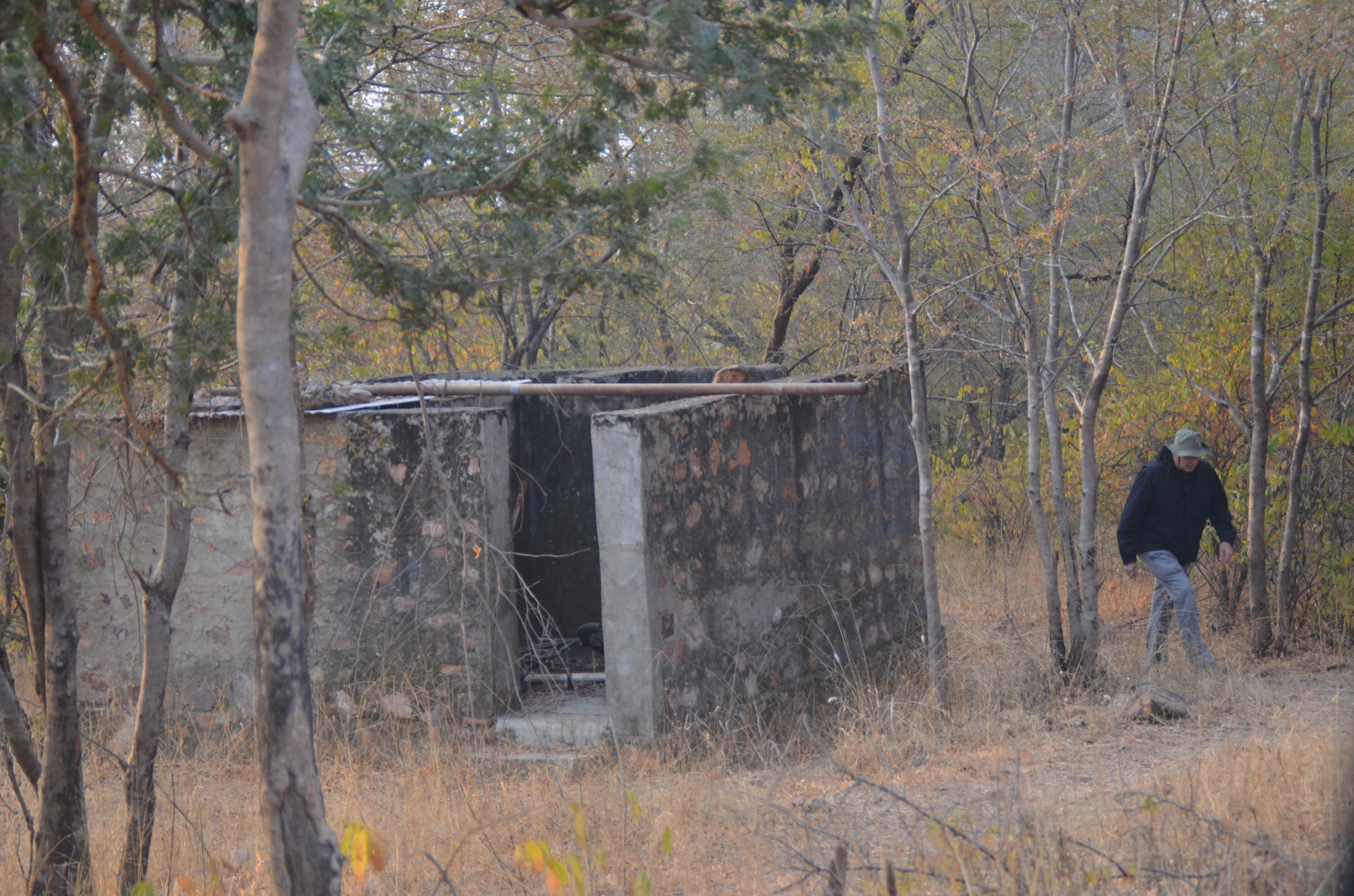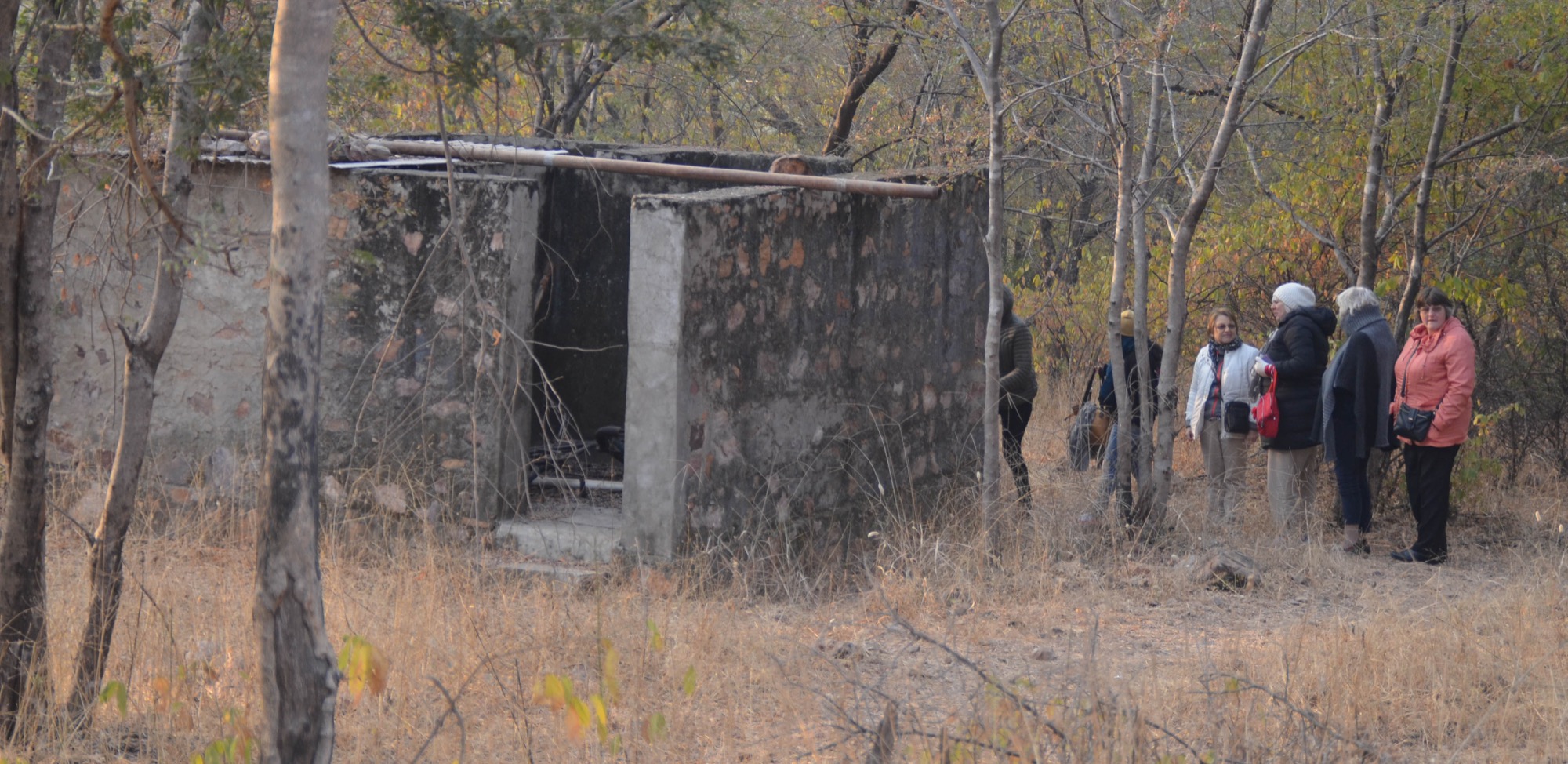Next Stop: Ranthambore
We arrived in Ranthambore after a four hour leisurely drive through many small Indian towns and villages. In Ranthambore we stayed at Oberoi Vanyavilas which is a tented jungle camp that was adjacent to the tiger reserve.
We arrived in Ranthambore after a four hour leisurely drive through many small Indian towns and villages. In Ranthambore we stayed at Oberoi Vanyavilas which is a tented jungle camp that was adjacent to the tiger reserve.
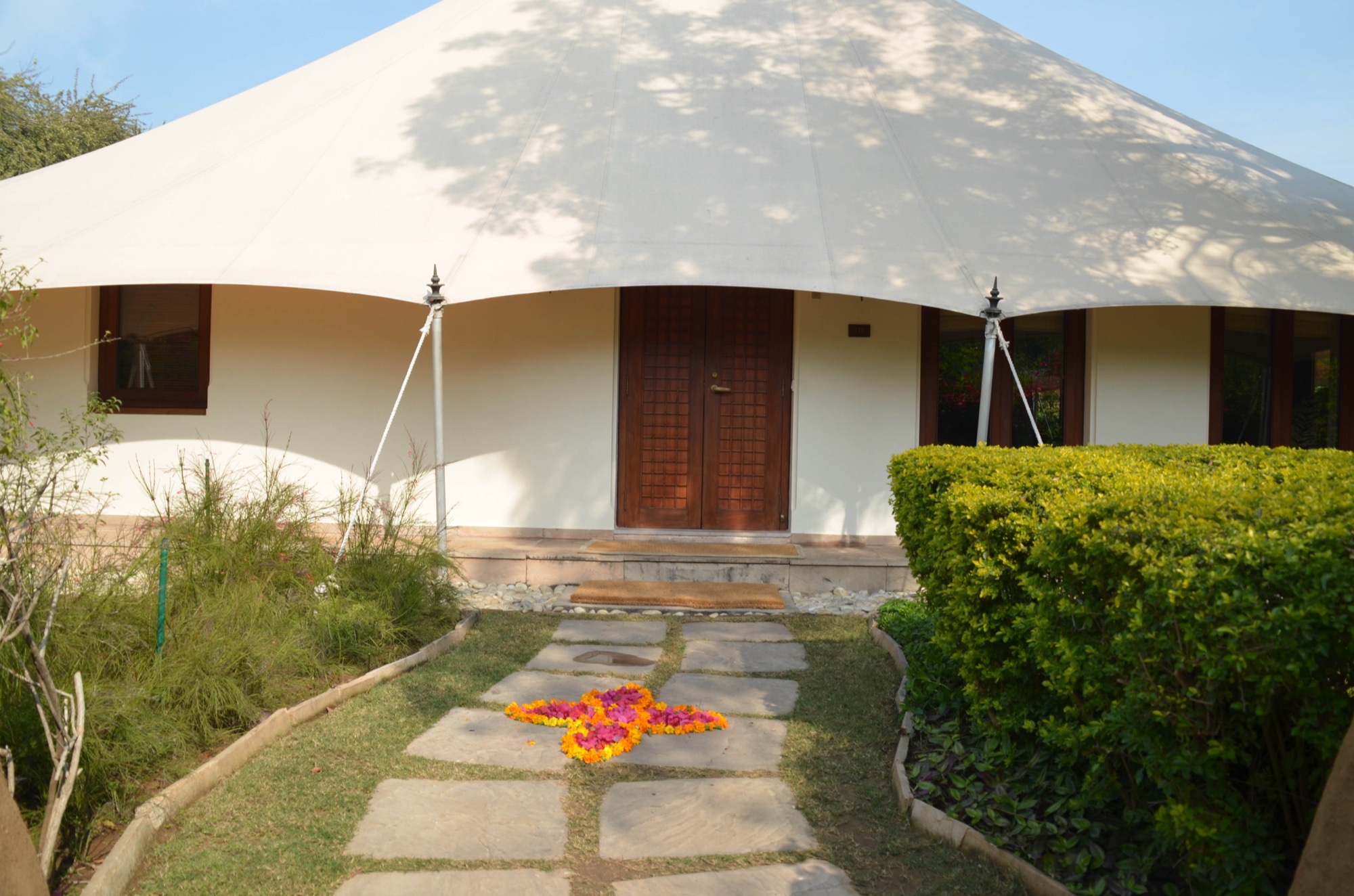
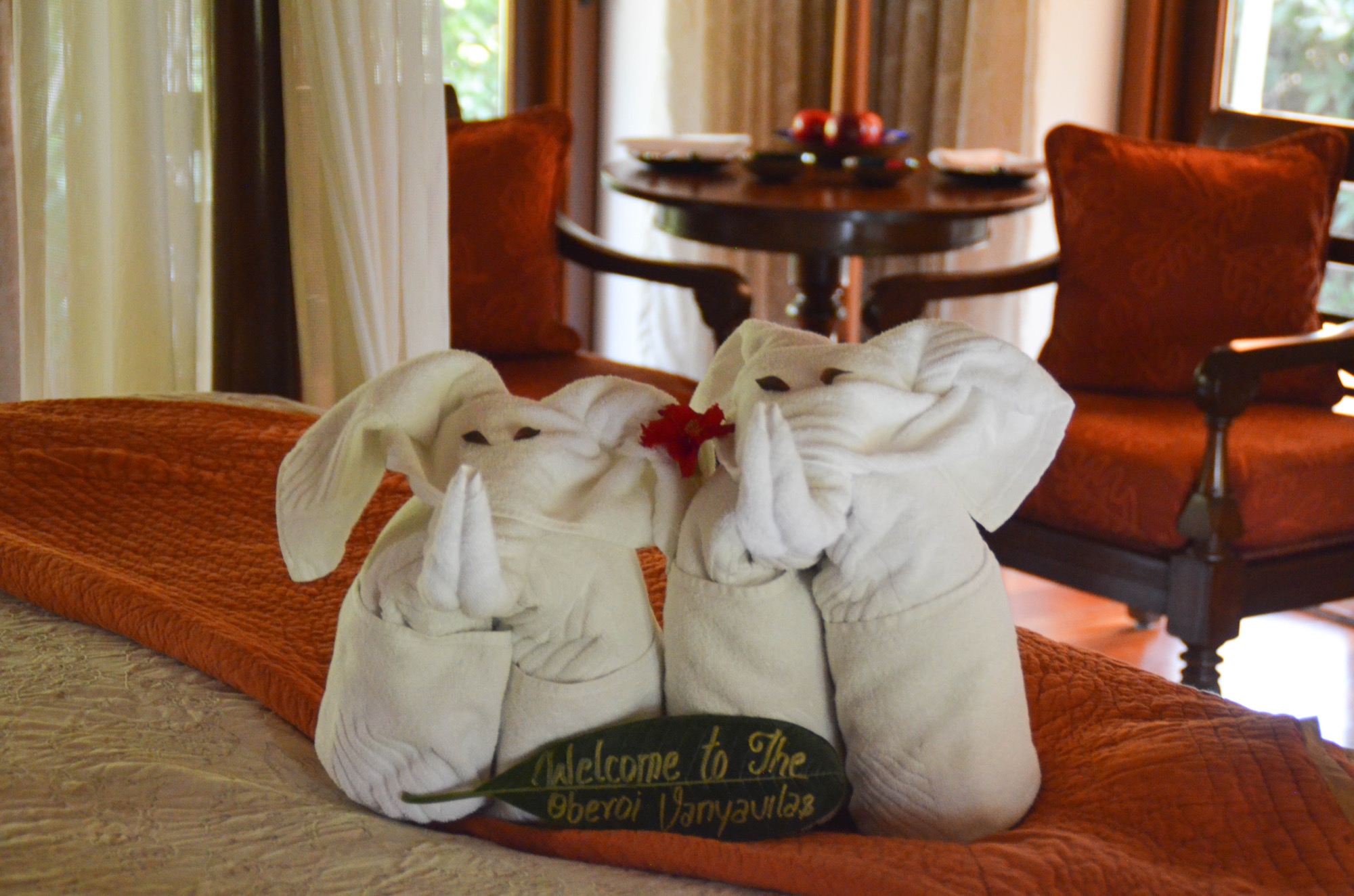
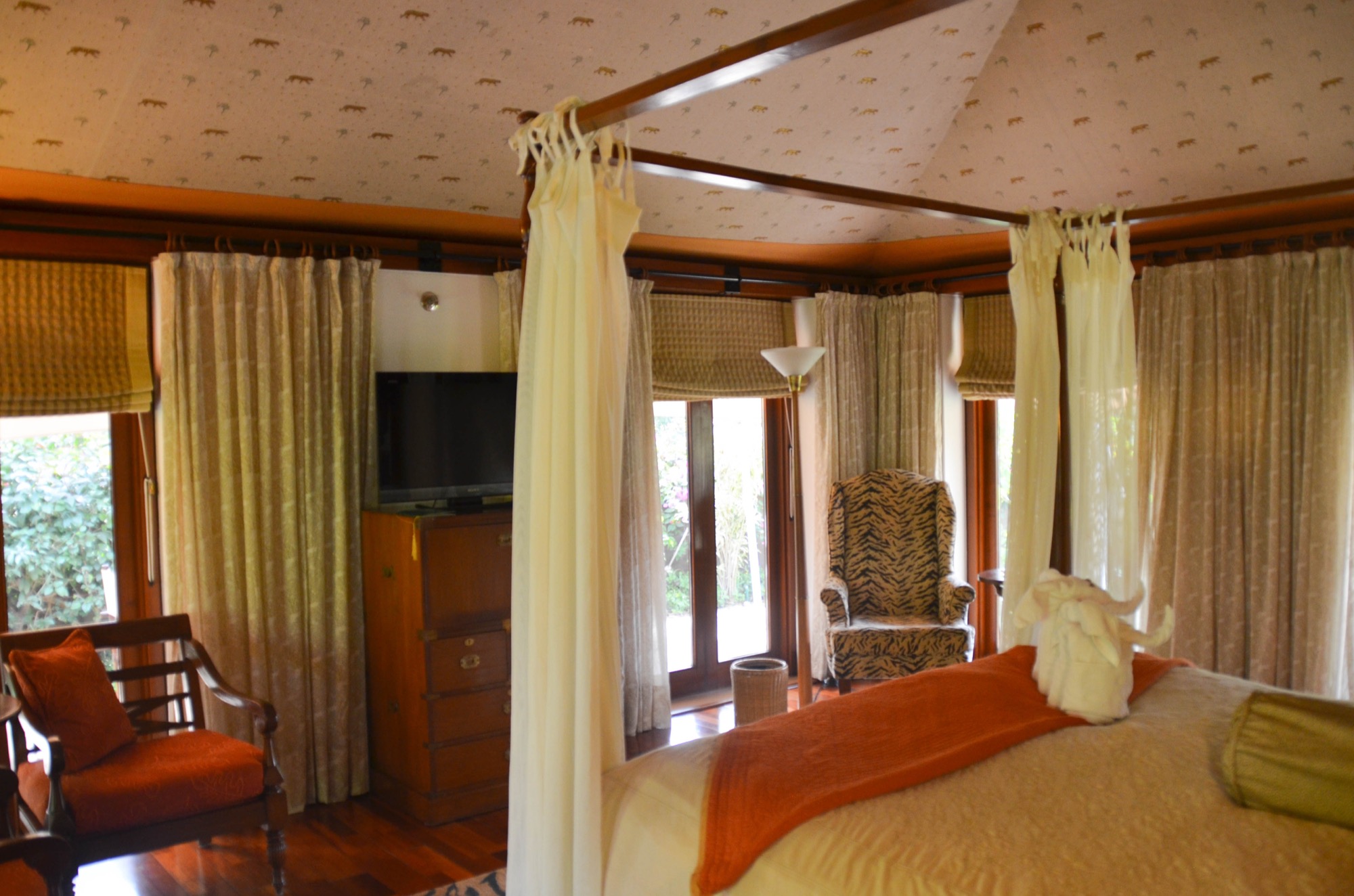


Our hotel had a resident elephant that came out in the afternoon to greet people as they returned from their game drive. We were given apples to feed to the elephant and after she ate, she kindly posed for photos.
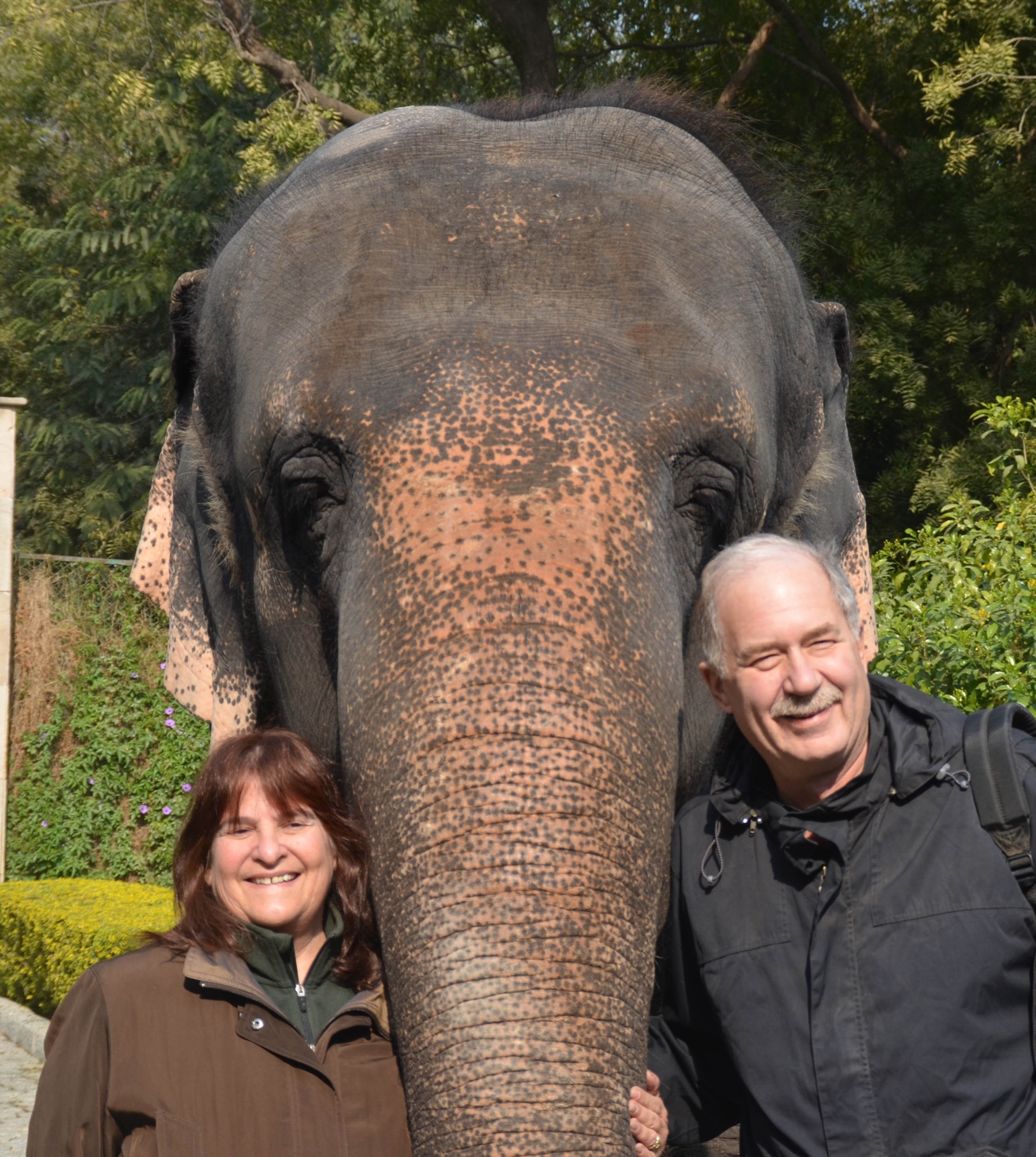
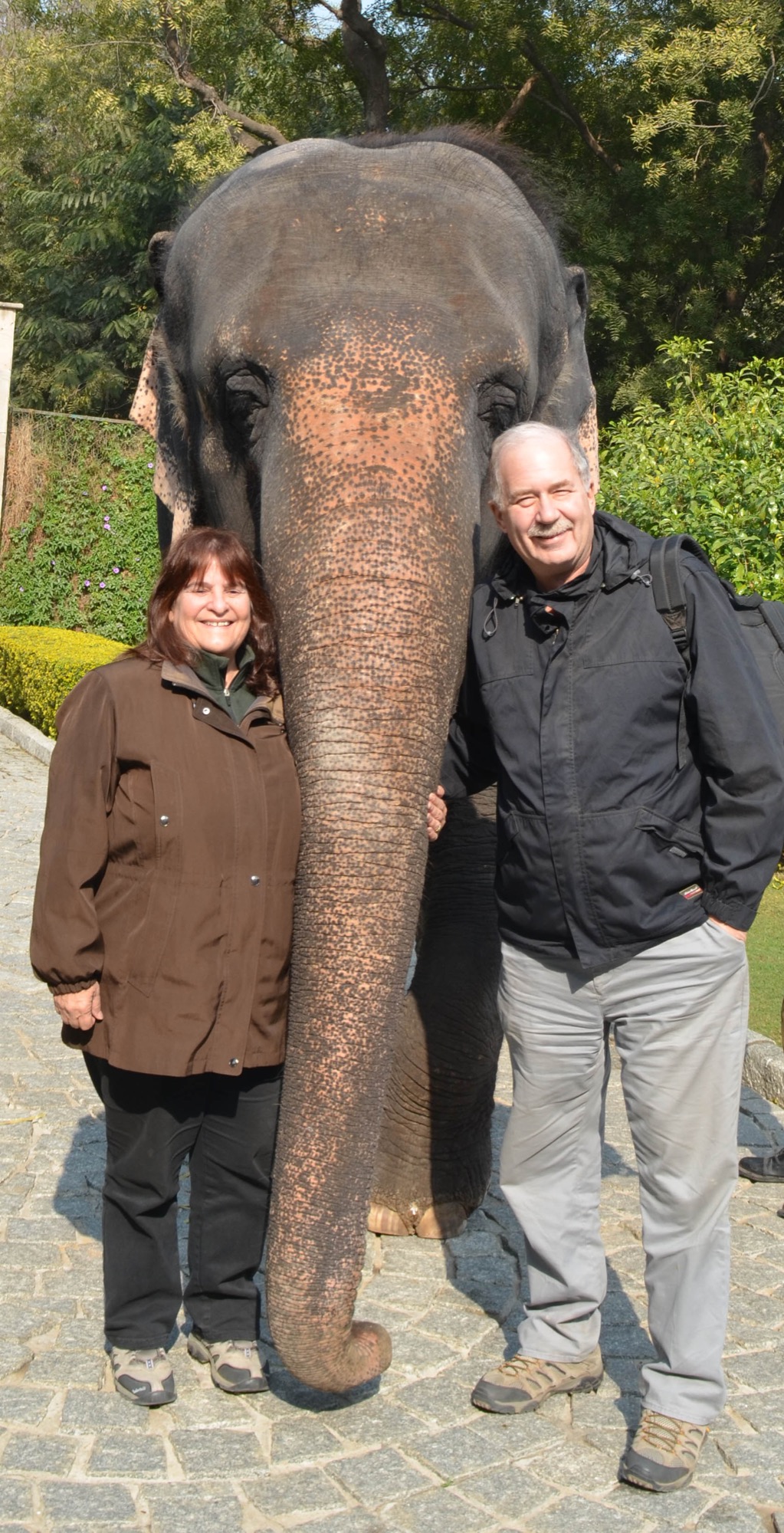
For the next day and a half, we spent our time on game drives in the Ranthambore Tiger Reserve. We saw all kinds of wonderful animals and birds, but the only tigers that we saw were in a painted mural at the Ranthambore train station as we were leaving to go to Agra.
The game drive did manage to provide some interesting adventures. Along the way some animals were looking to hitch a ride, such as the Jungle Babbler and some very mischievous Gray Langur Monkeys.
We also managed to get a flat tire. Notice that Steve kindly provided advice to the guys changing the tire.
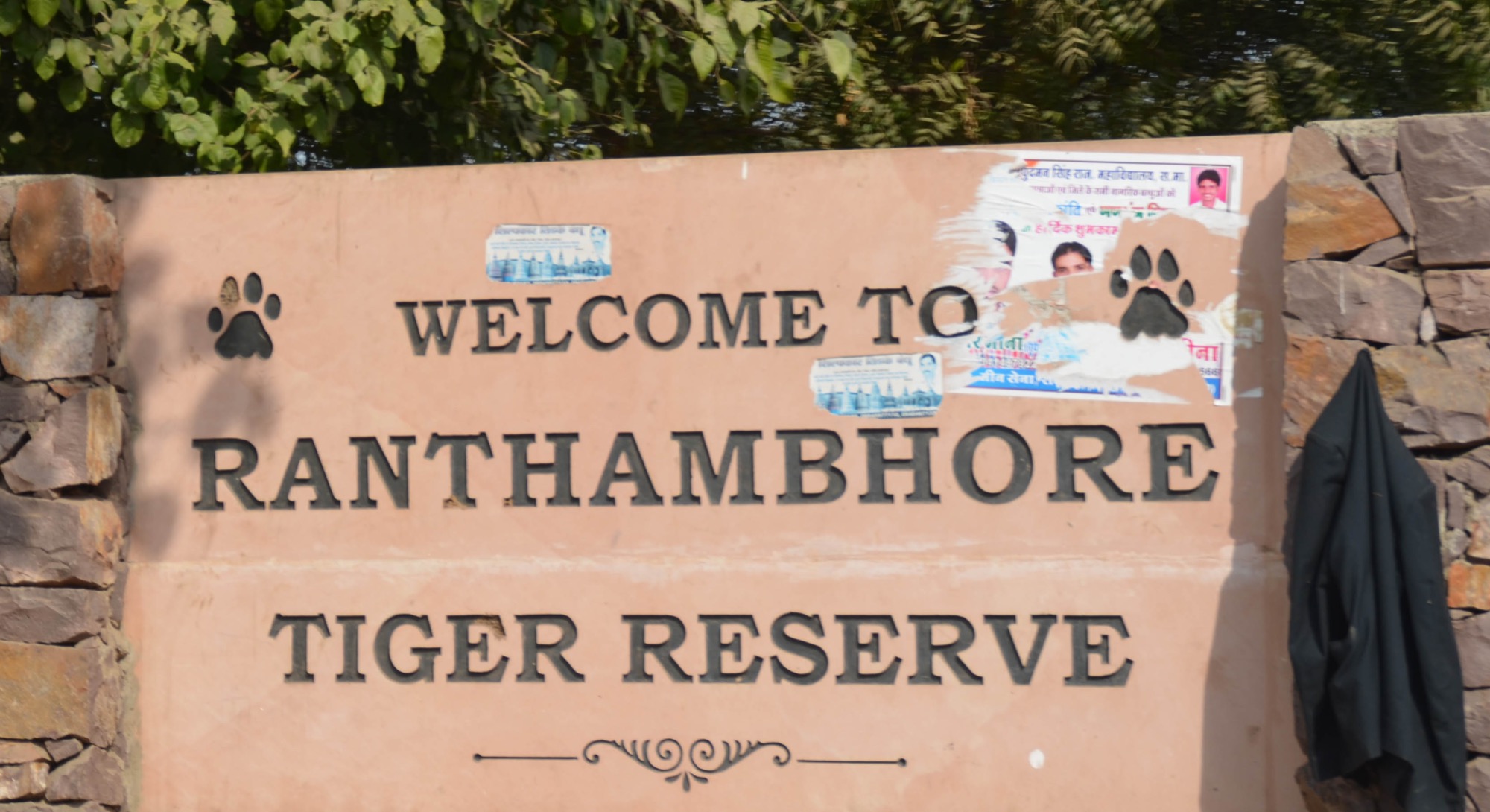

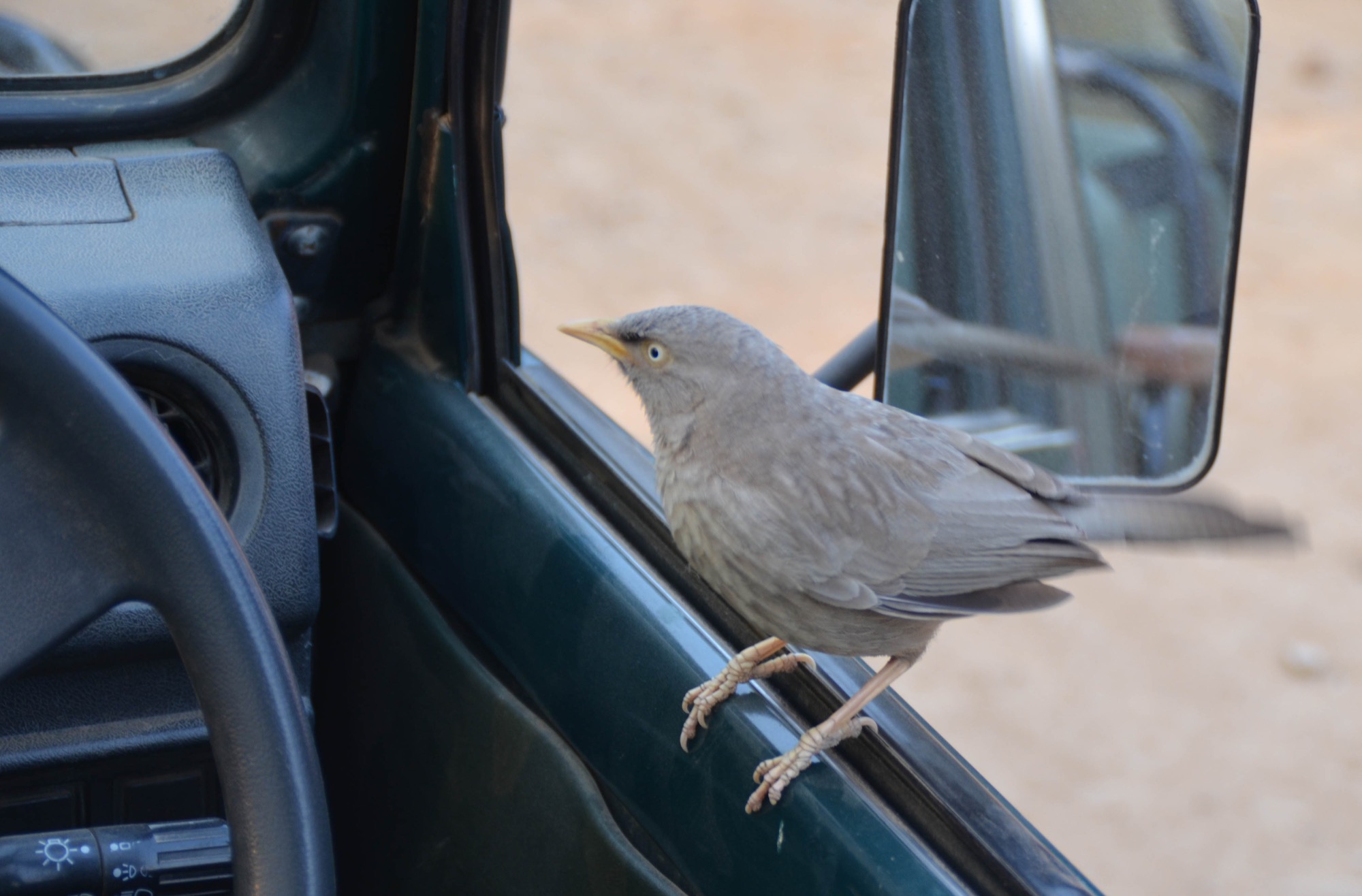
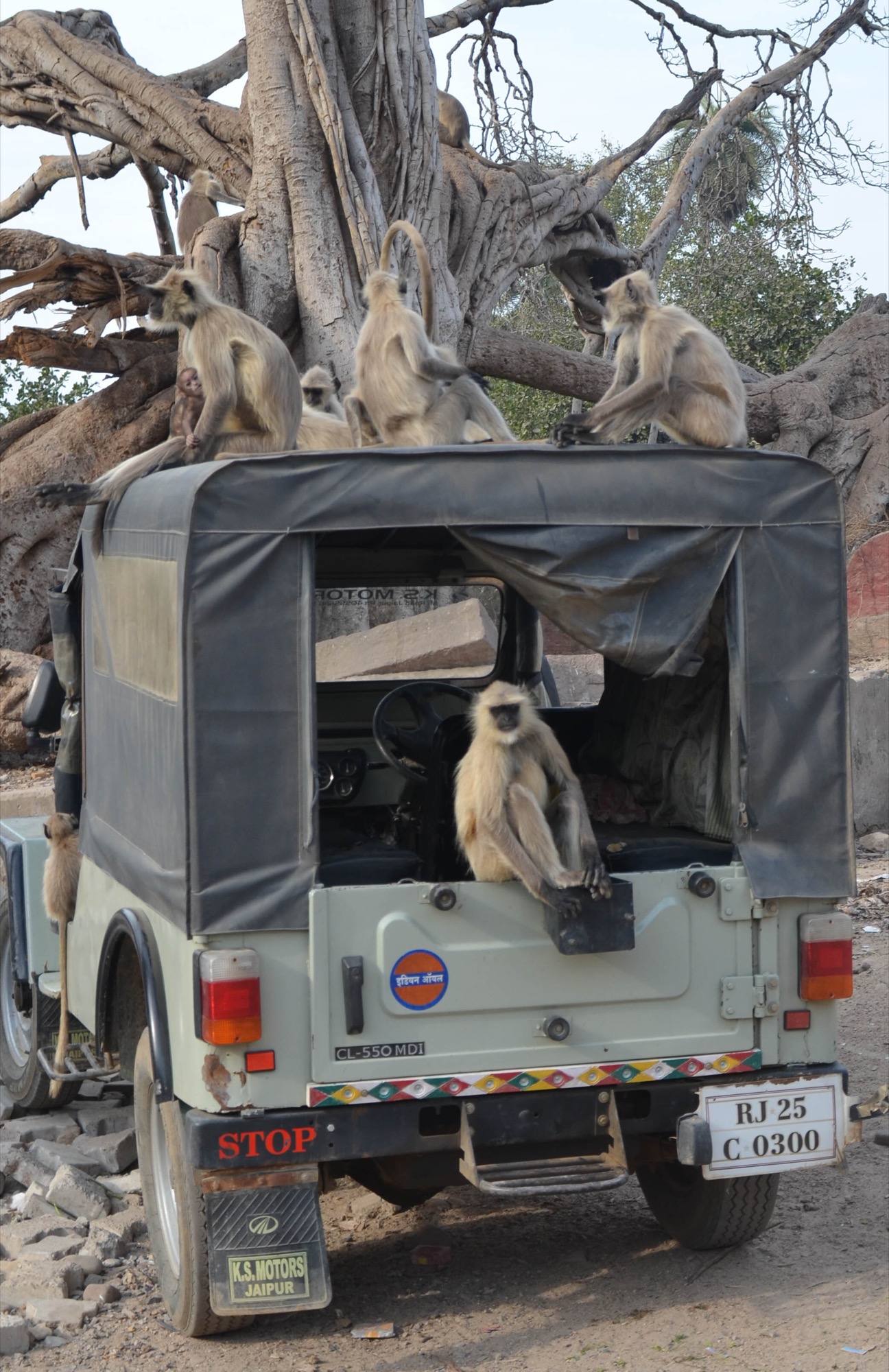
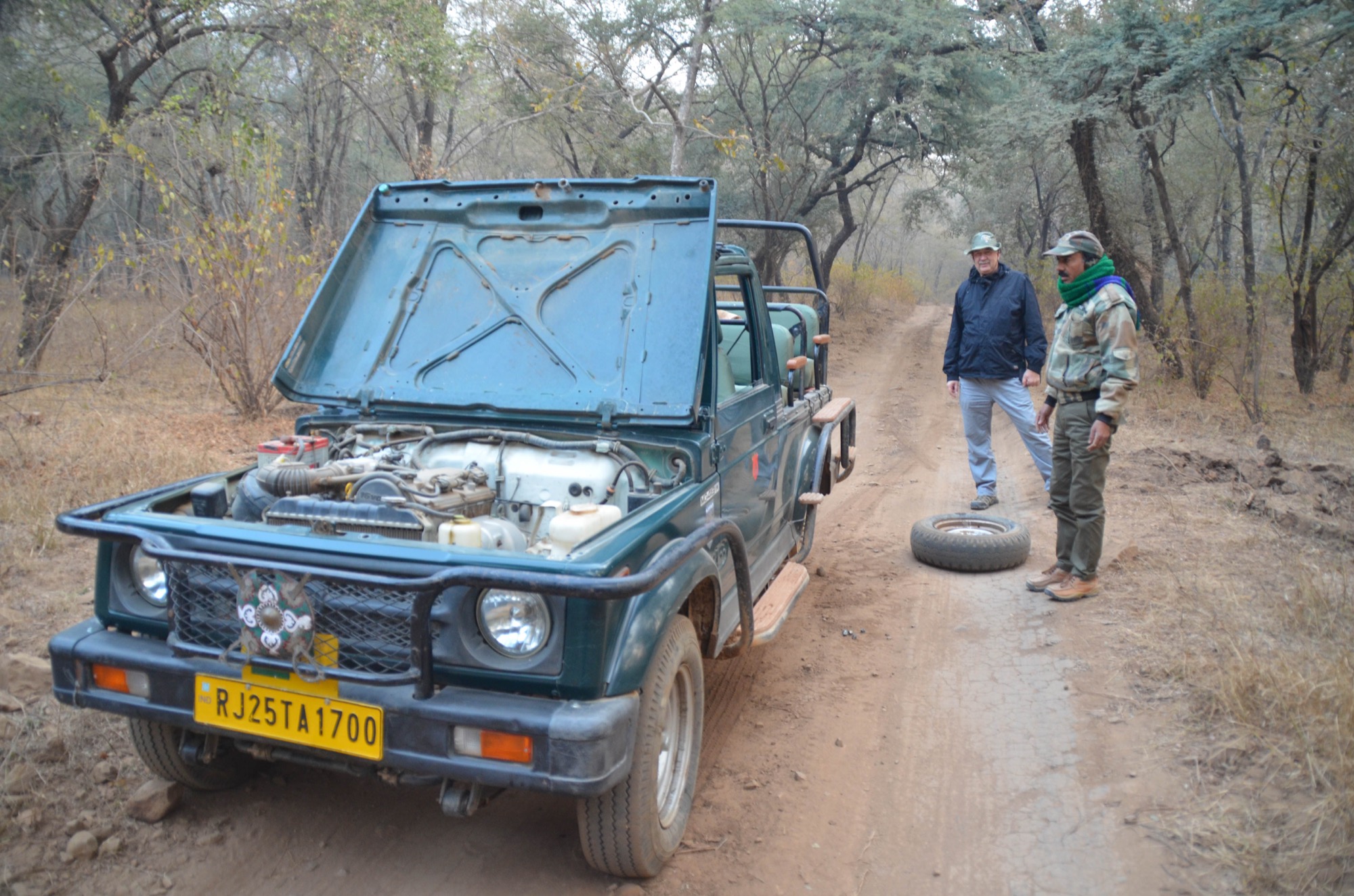
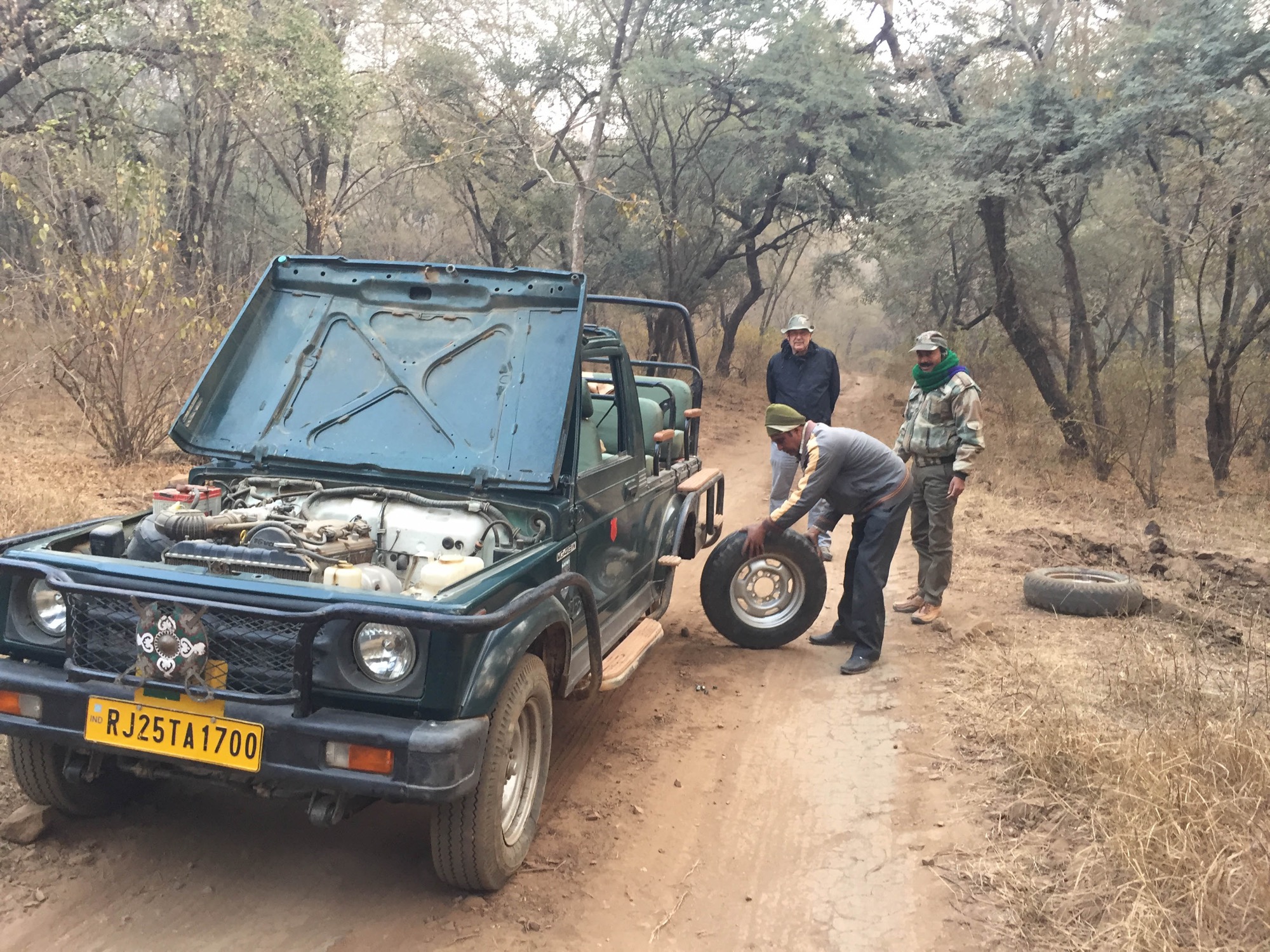
The Chital Spotted Deer are a golden brown color with small white spots. Males have three pronged antlers.
The deer often is found hanging out near Gray Langur Monkeys because they benefit not only from the monkey's ability to see great distances from the trees and then warn of approaching danger, but also the deer enjoy the fruit that is dropped to the ground by the monkeys.
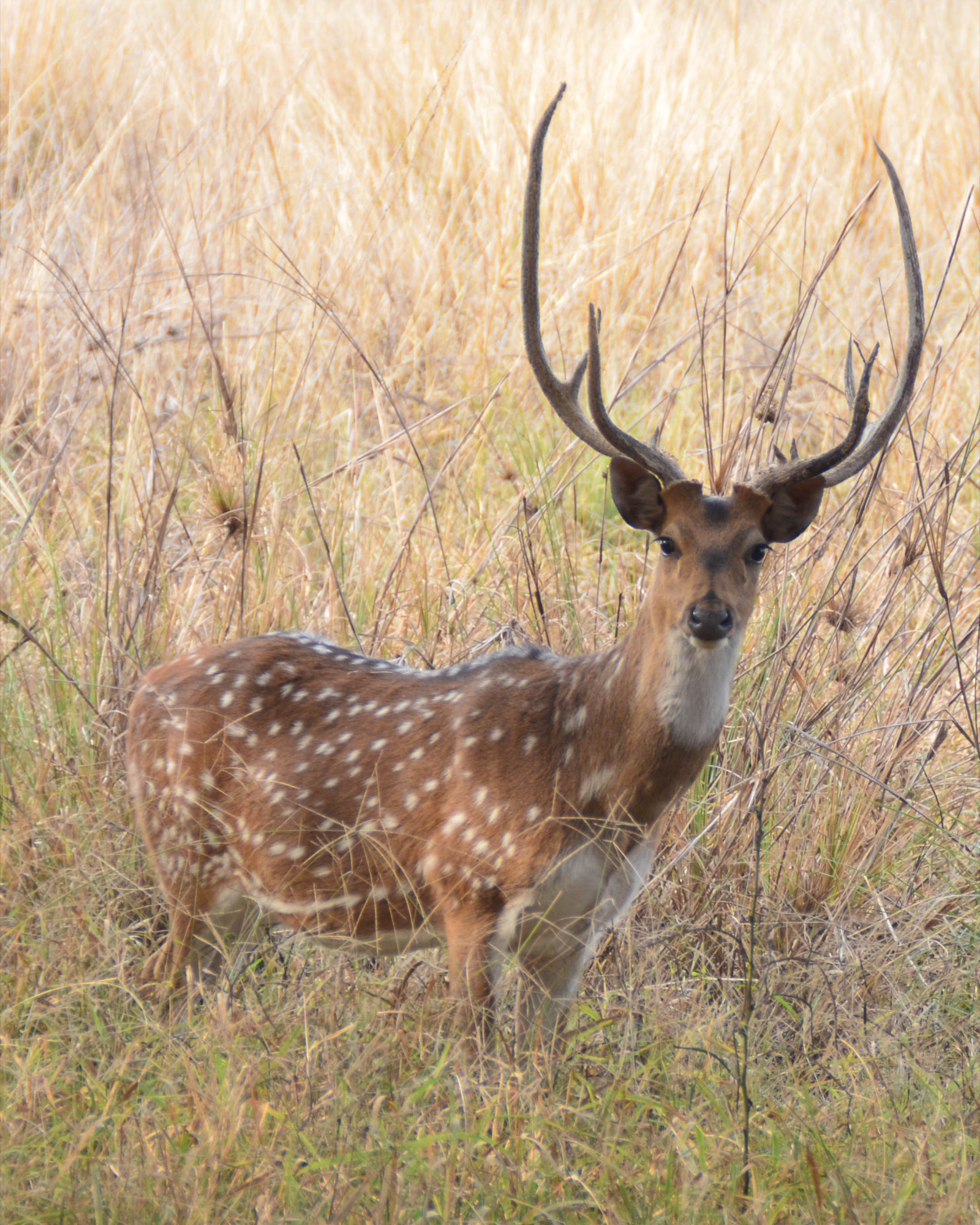

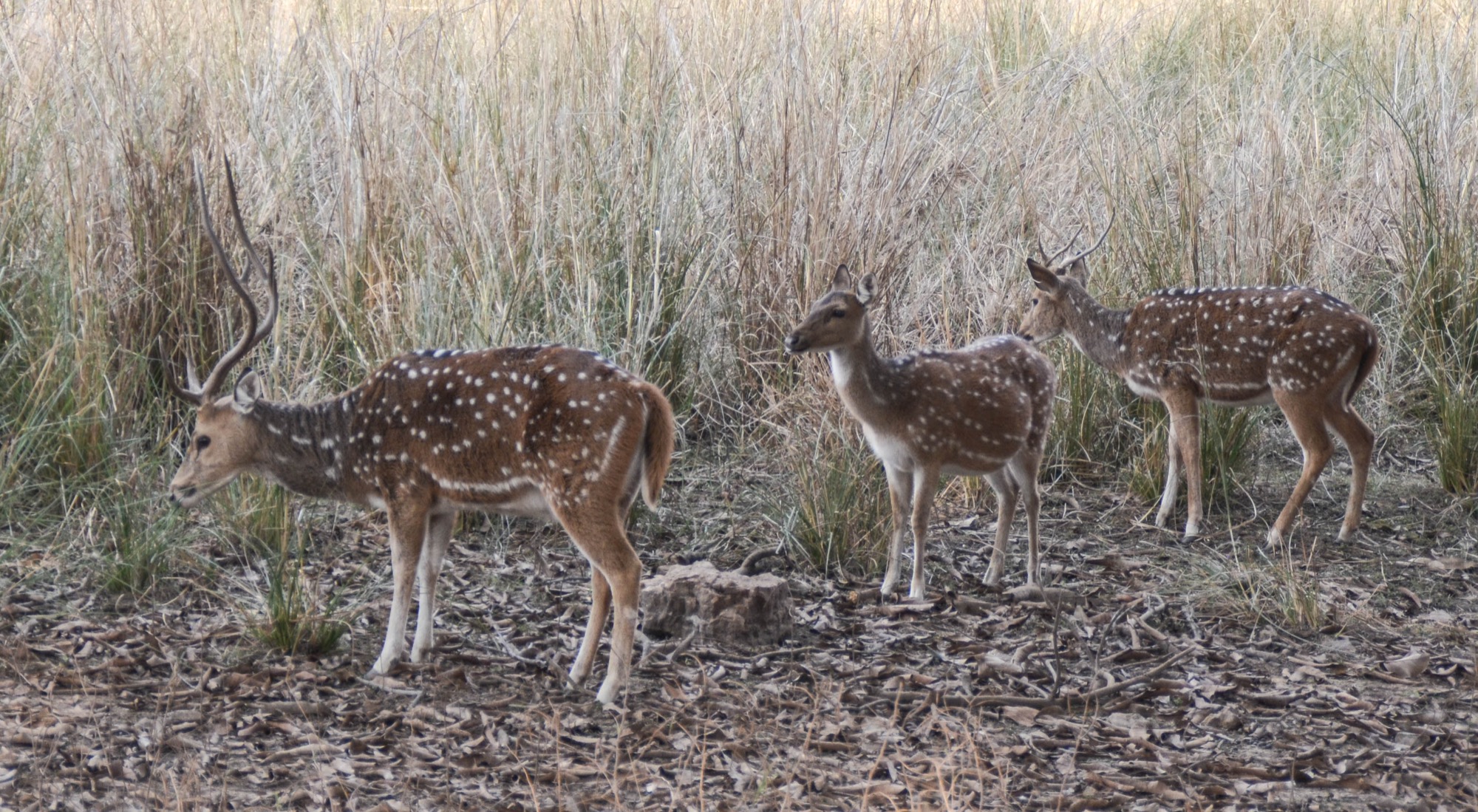
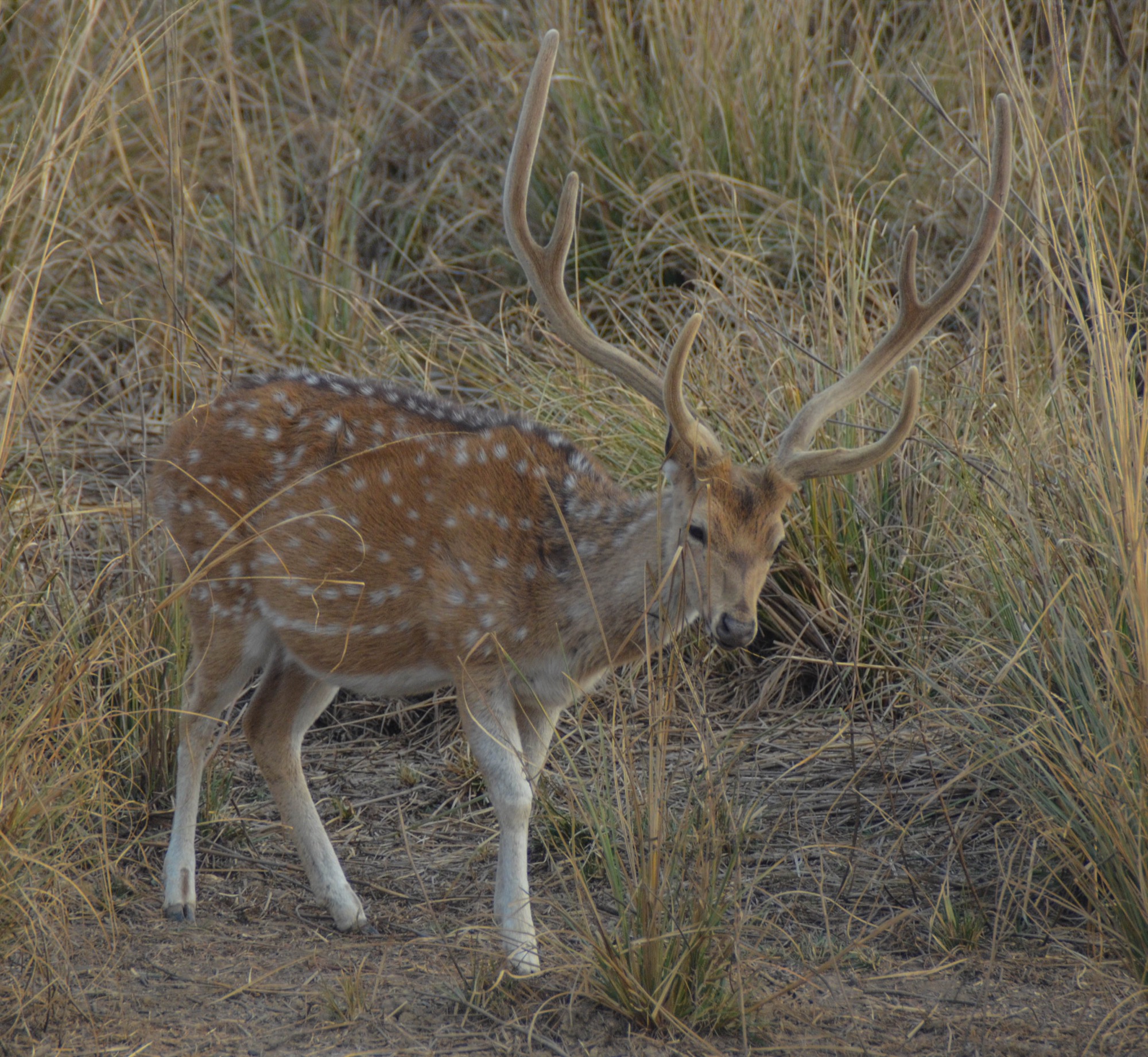
Check out this video of a small herd of Chital Spotted Deer on the move in response to the danger call of the Gray Langur Monkey.
Sambar Deer have a shaggy brownish grey coat with a small dense mane. The males have antlers. Sambars are large deer and males can weigh up to 1,200 pounds. These deer tend to live near bodies of water and they are good swimmers.
One of the major predators of the Sambar is the Bengal tiger. Tigers have been observed mimicking the call of the deer while hunting in order to lure it closer.
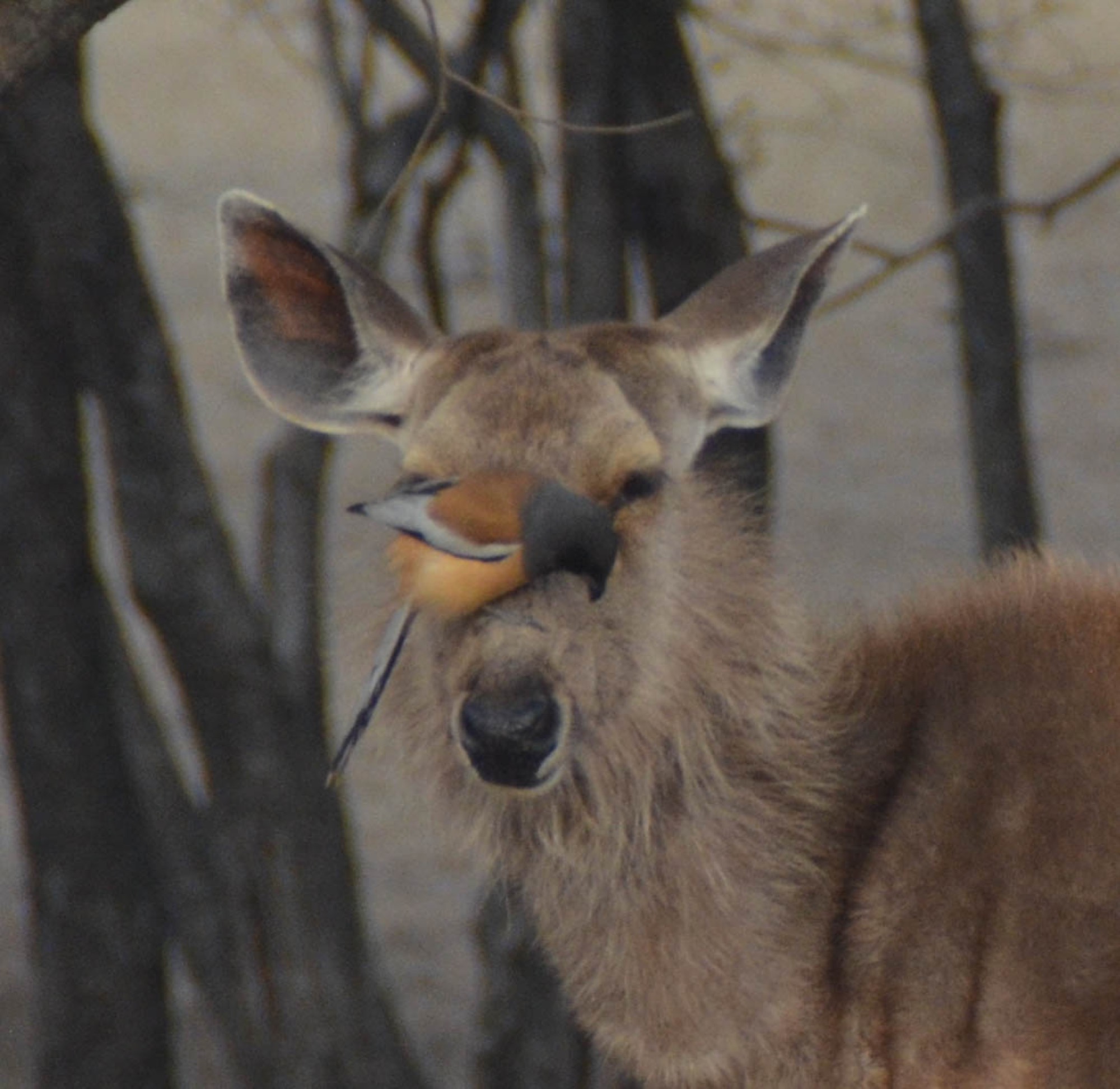
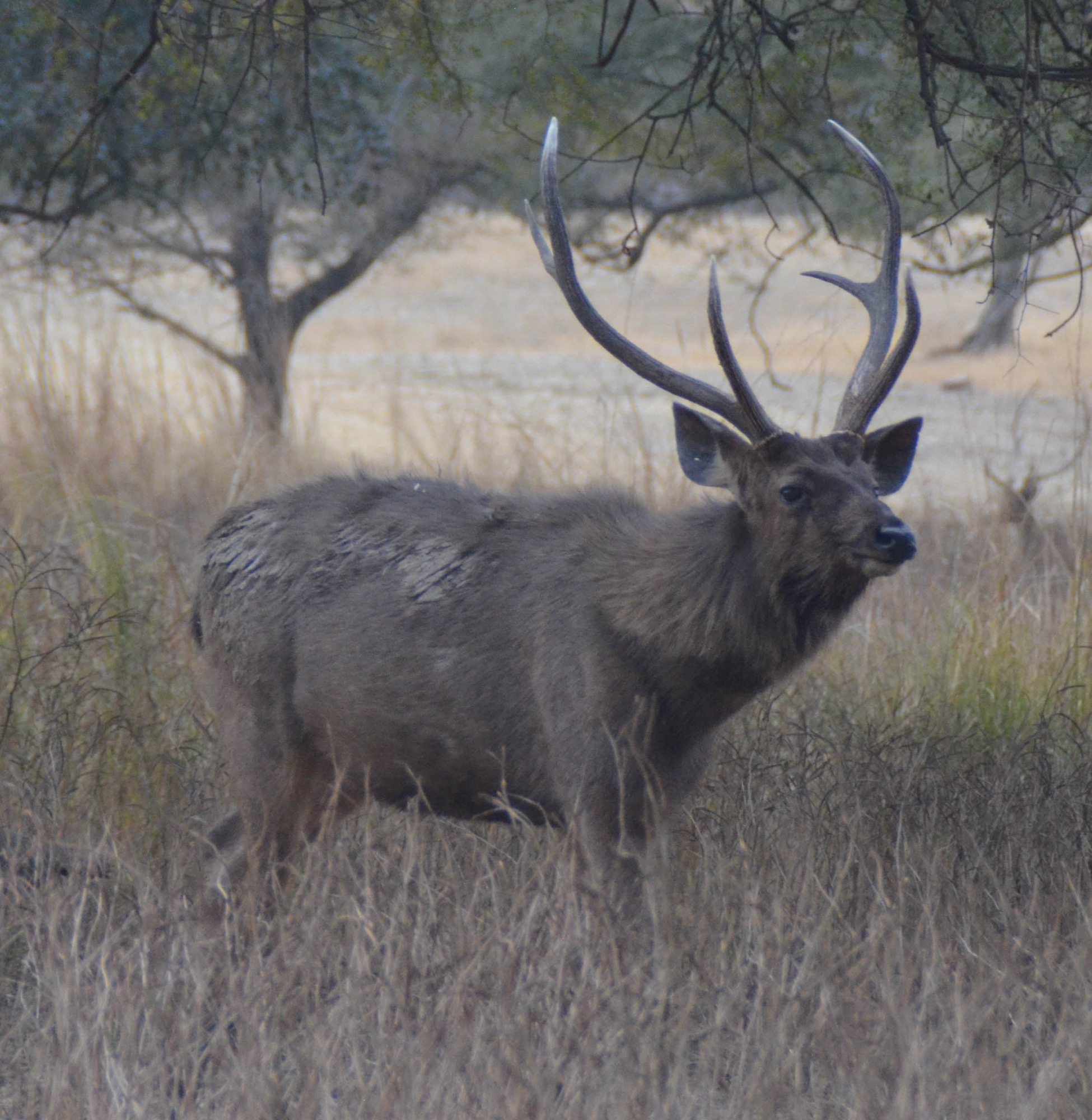
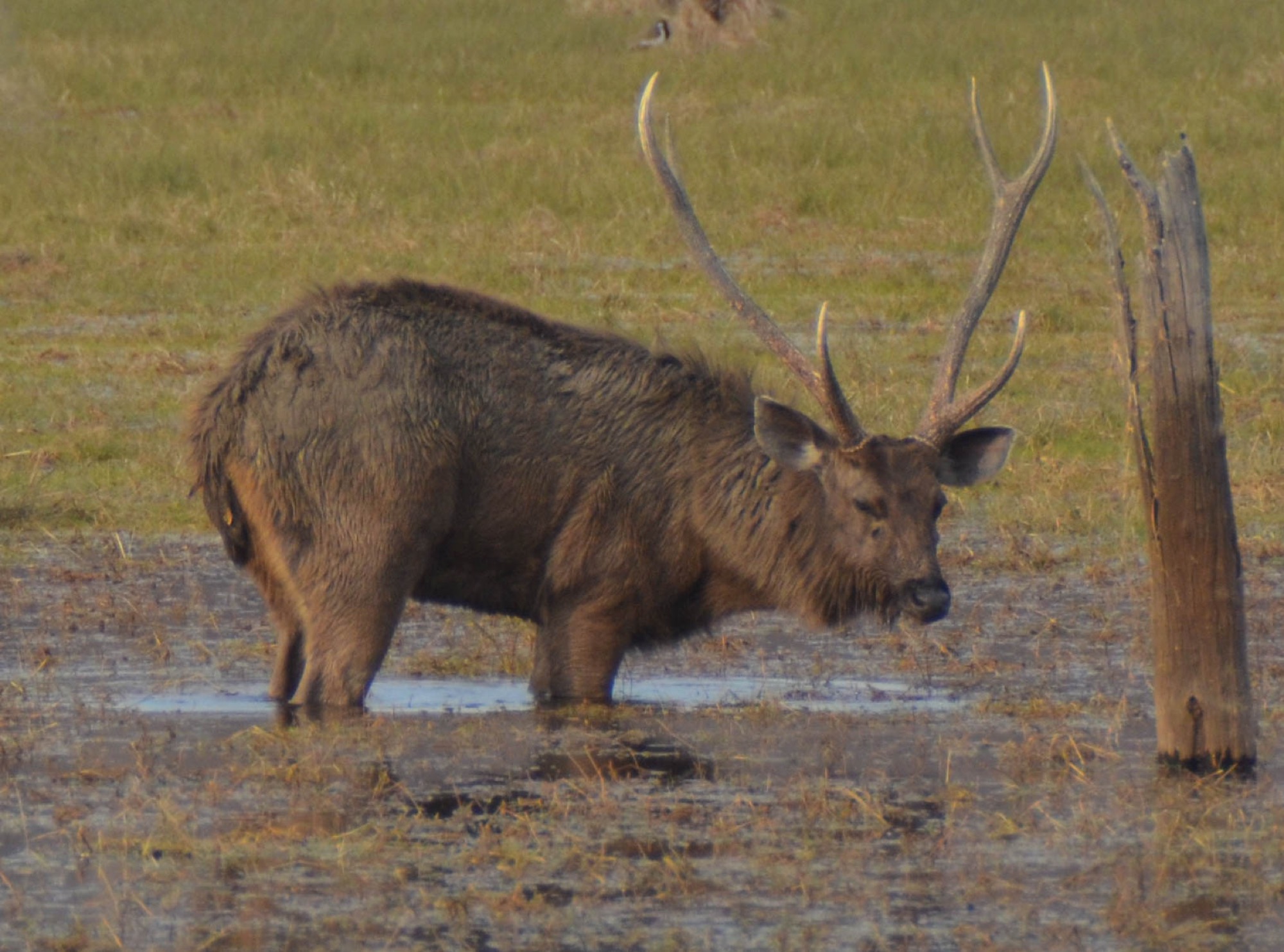
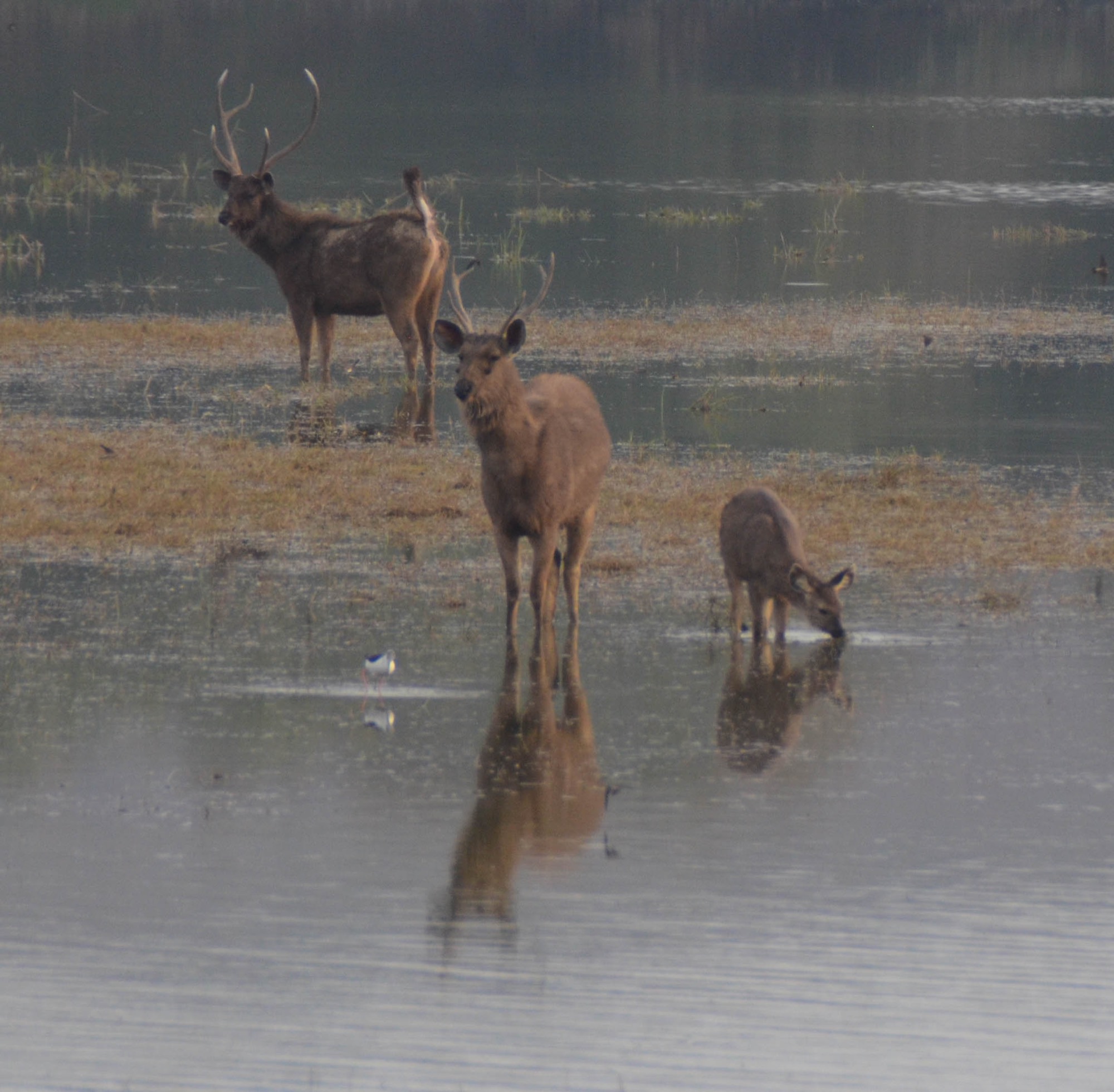
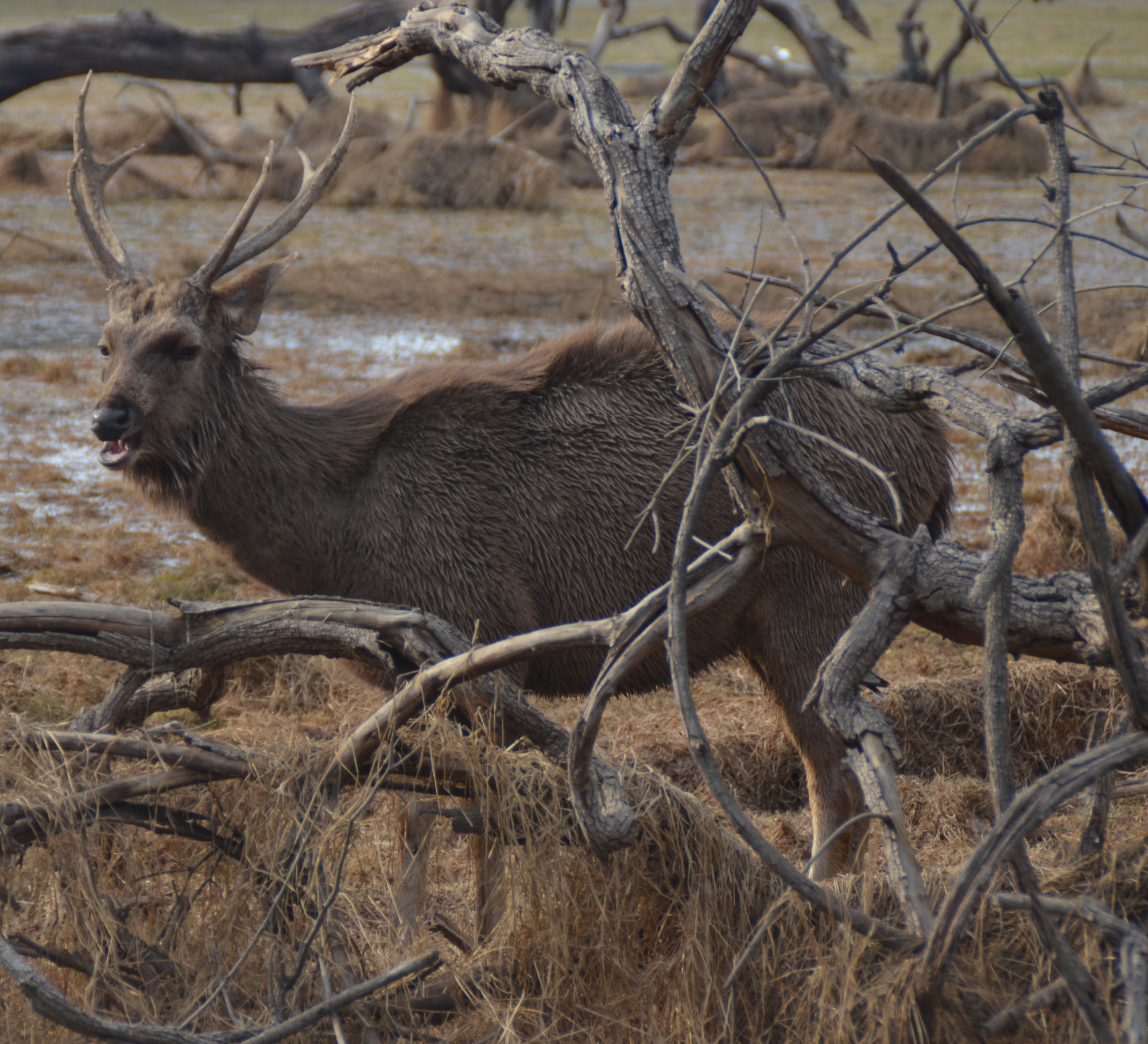
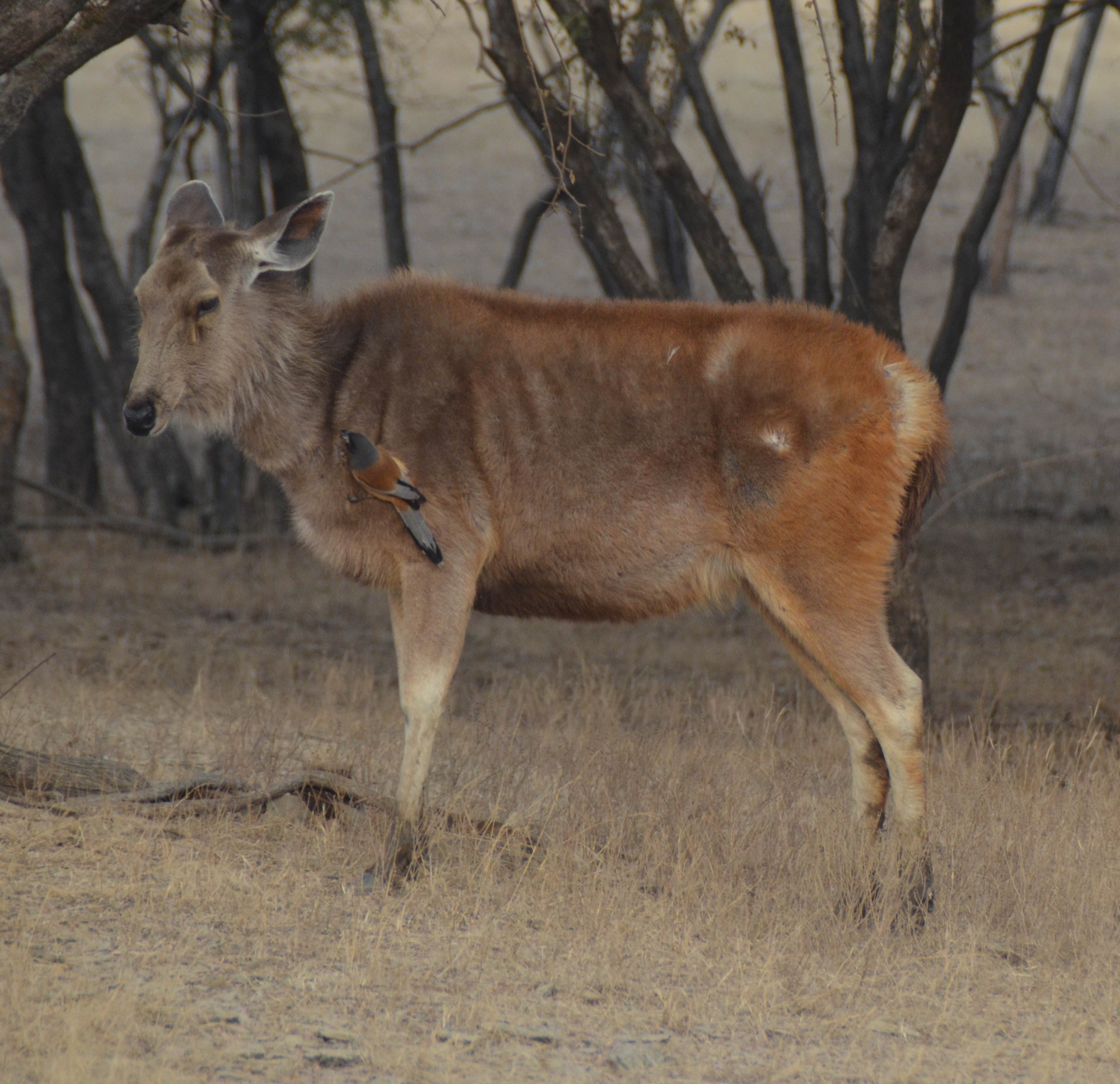
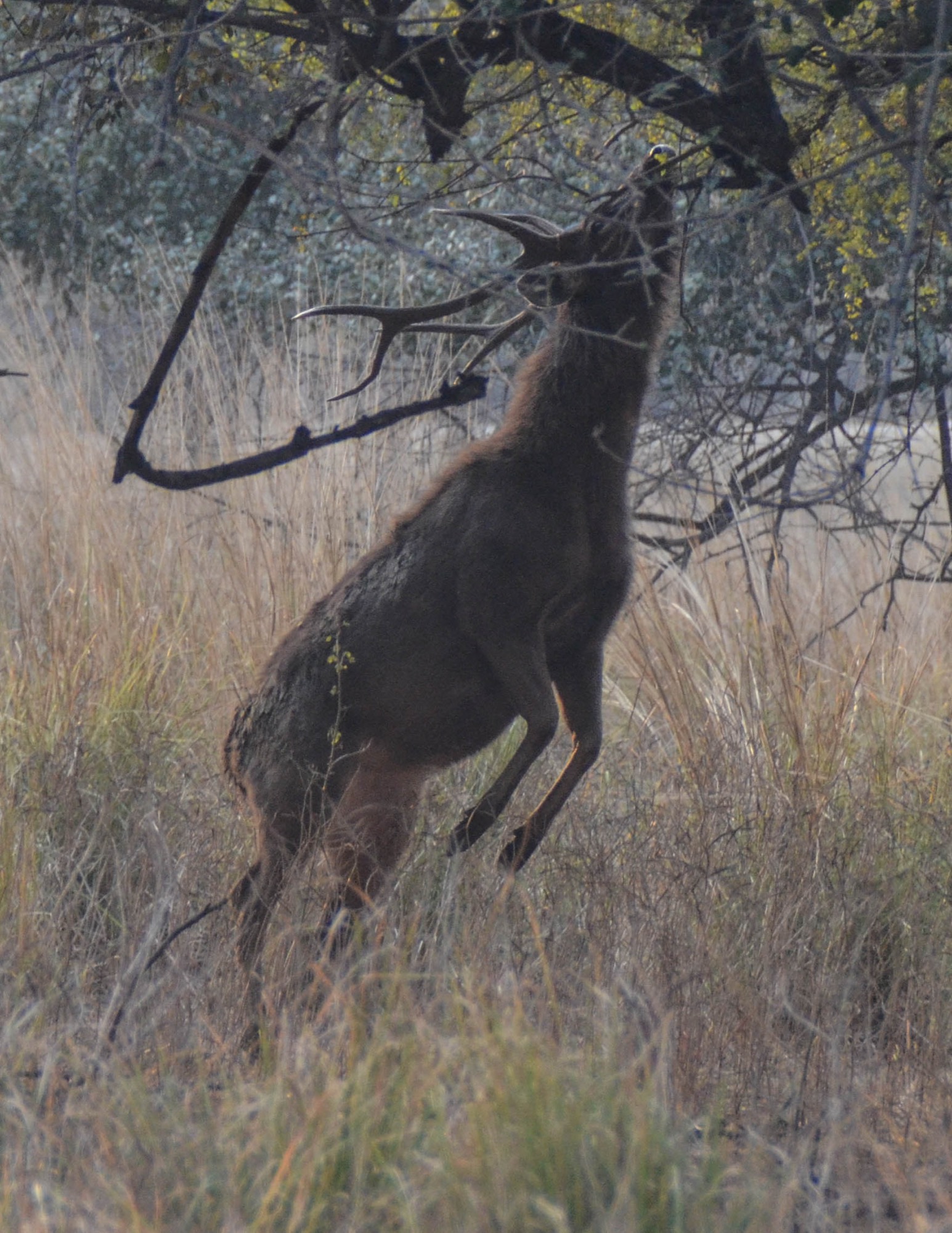
Gray Langur Monkeys tend to live in forest and wooded habitats, although many have adapted quite well to an urban environment.
These monkeys eat a variety of plants and fruits and they seldom need to drink because they obtain enough water from the moisture in the foods that they eat.
Although Langurs spend much of their time on the ground foraging, they sleep in trees and prefer to sleep as close to the top of the tree as they can climb.
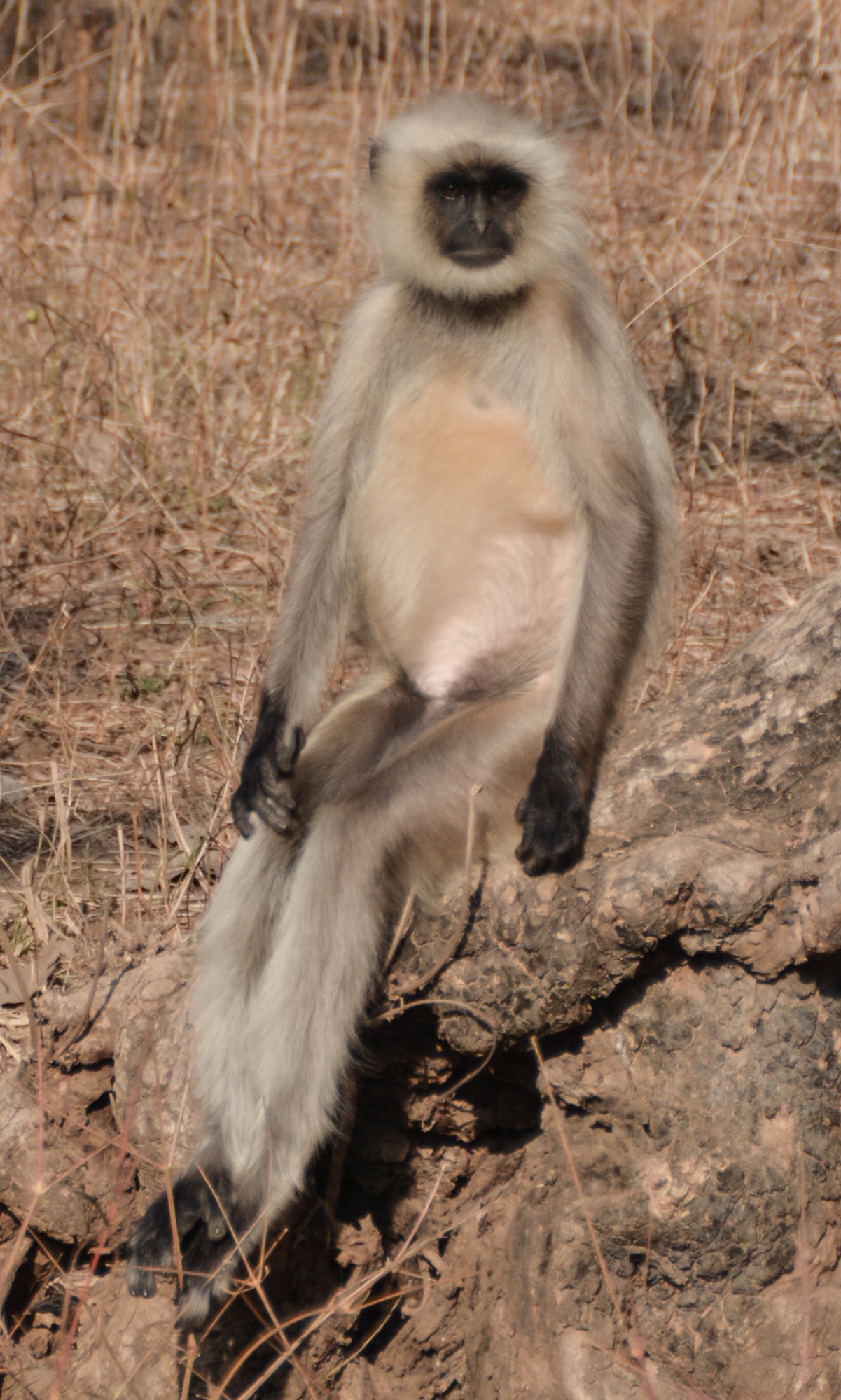
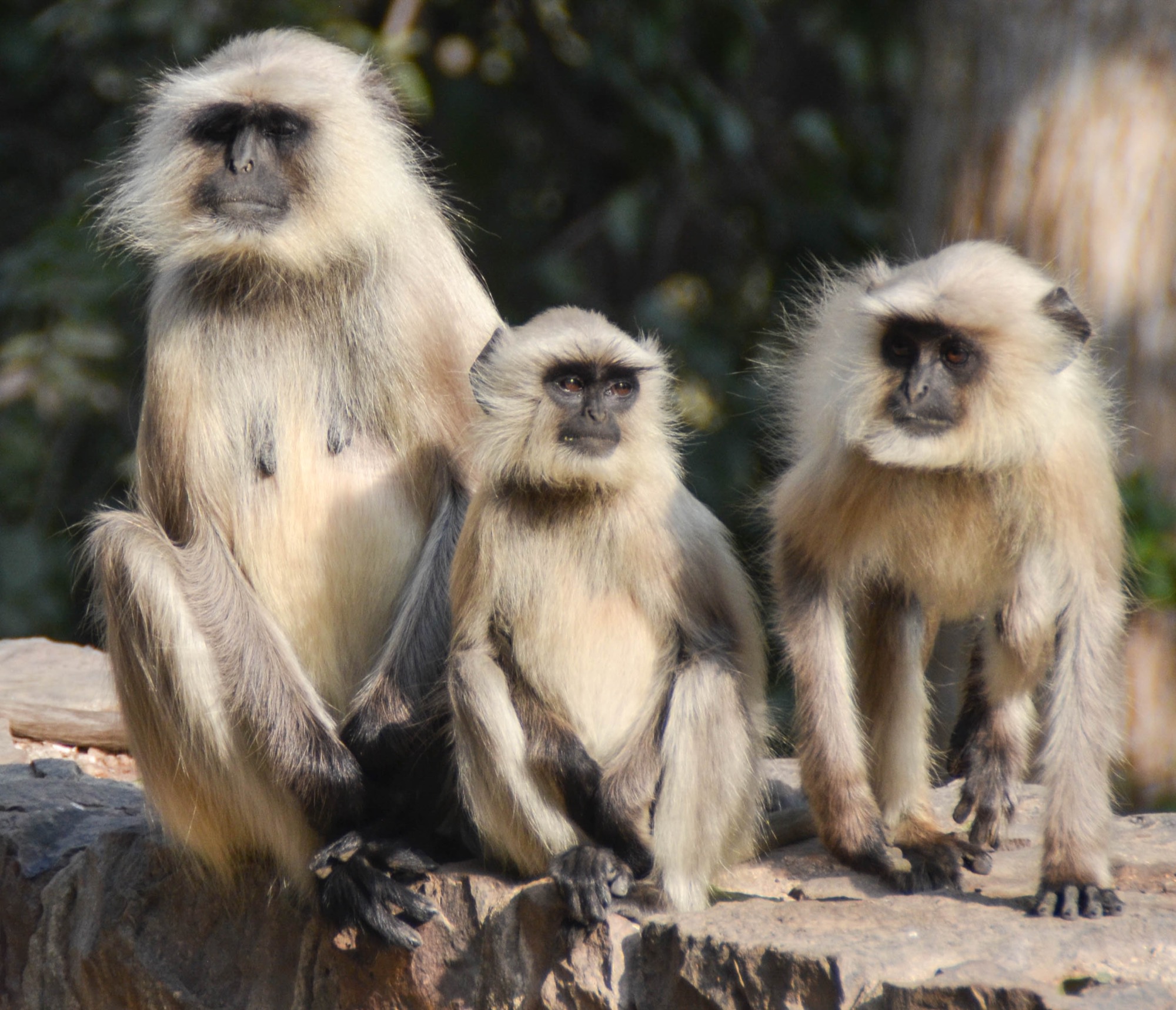
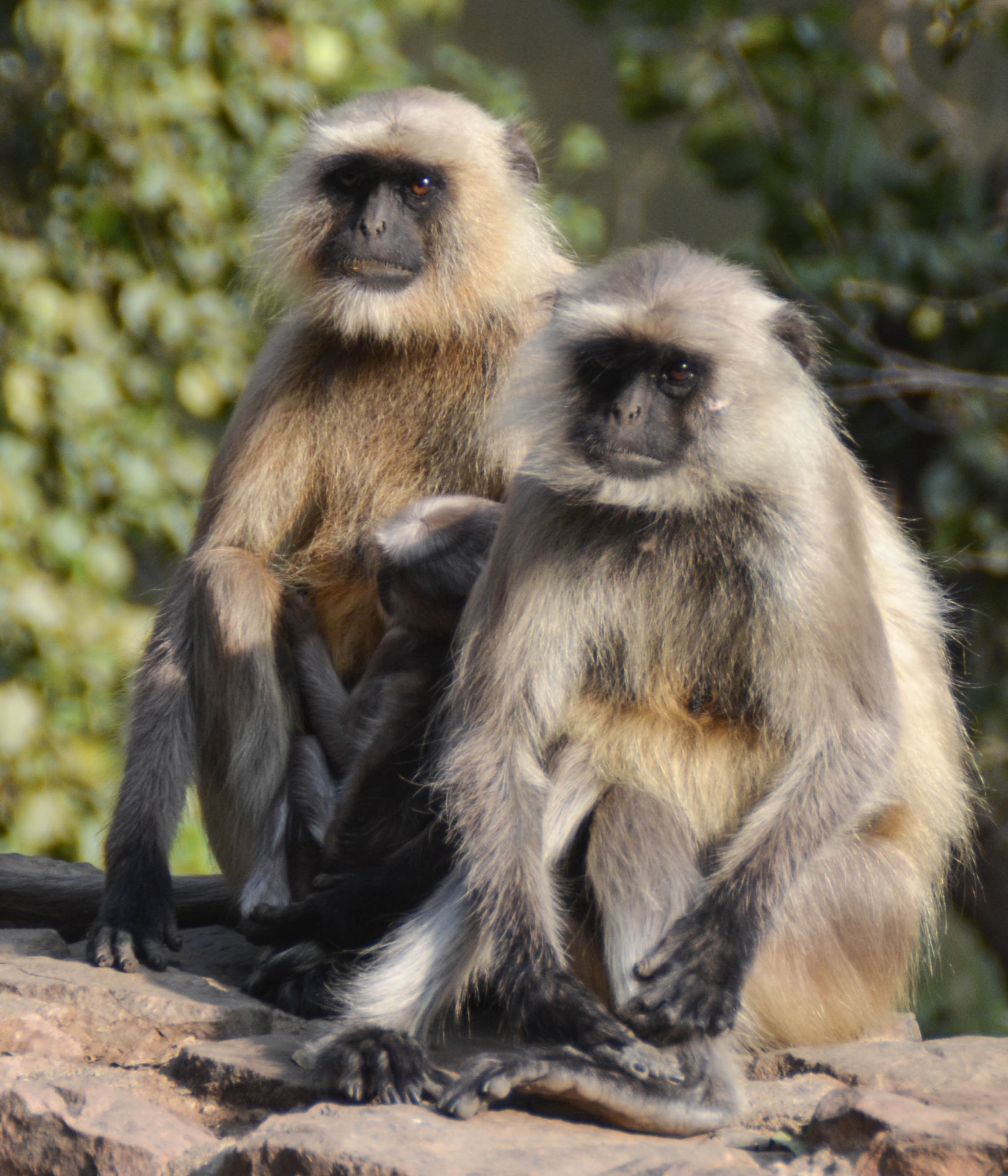
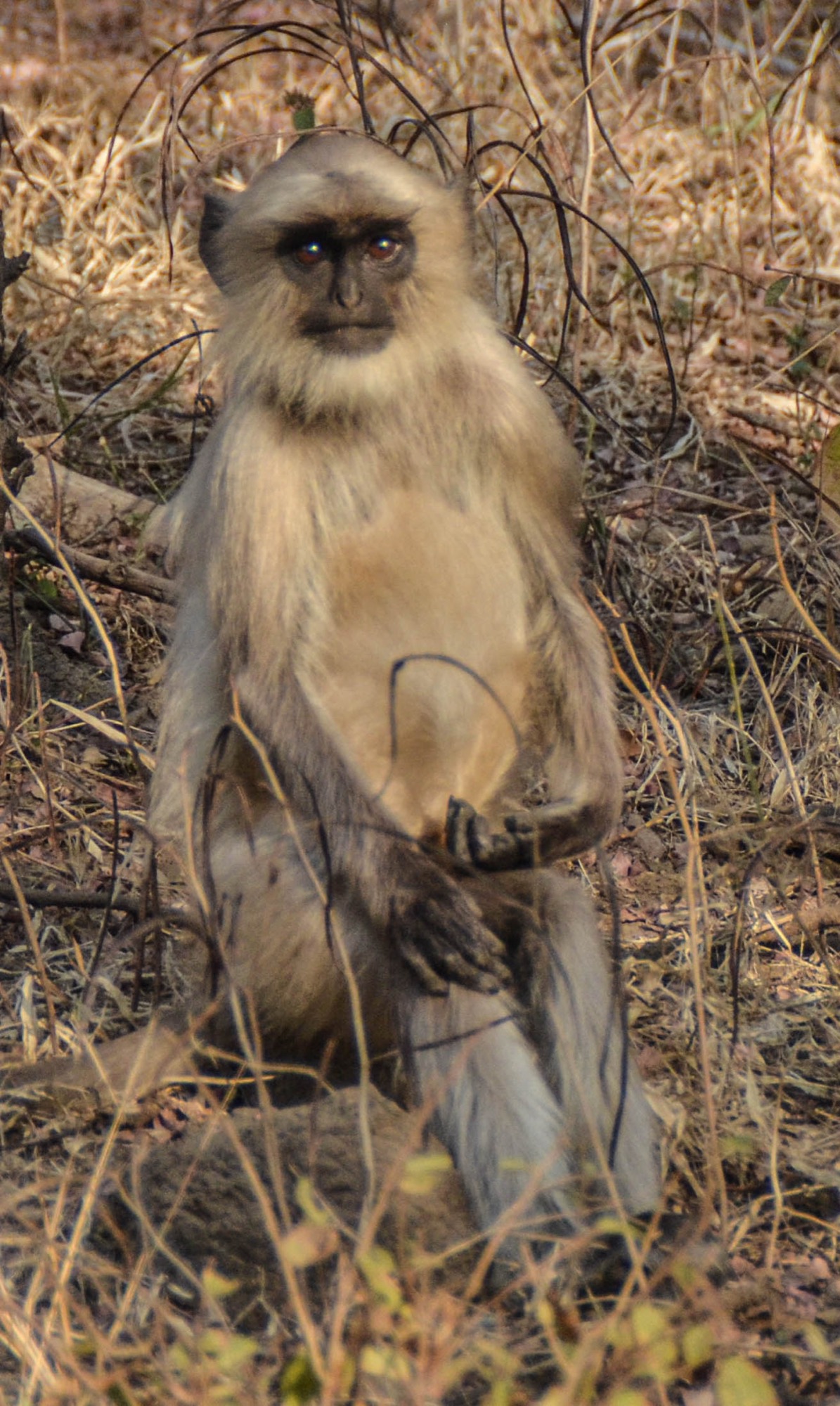
It has been estimated that the population of Gray Langur Monkeys in India is about 300,000. They are protected in India and there are laws against catching or killing Langurs.
In addition, the Gray Langur is considered to be sacred to Hindus. It is believed that a Langur Monkey god came to the aid of an Indian king who was trapped in a fire. In helping save the king, the monkeys burnt their hands and faces which appear blackened to this day.
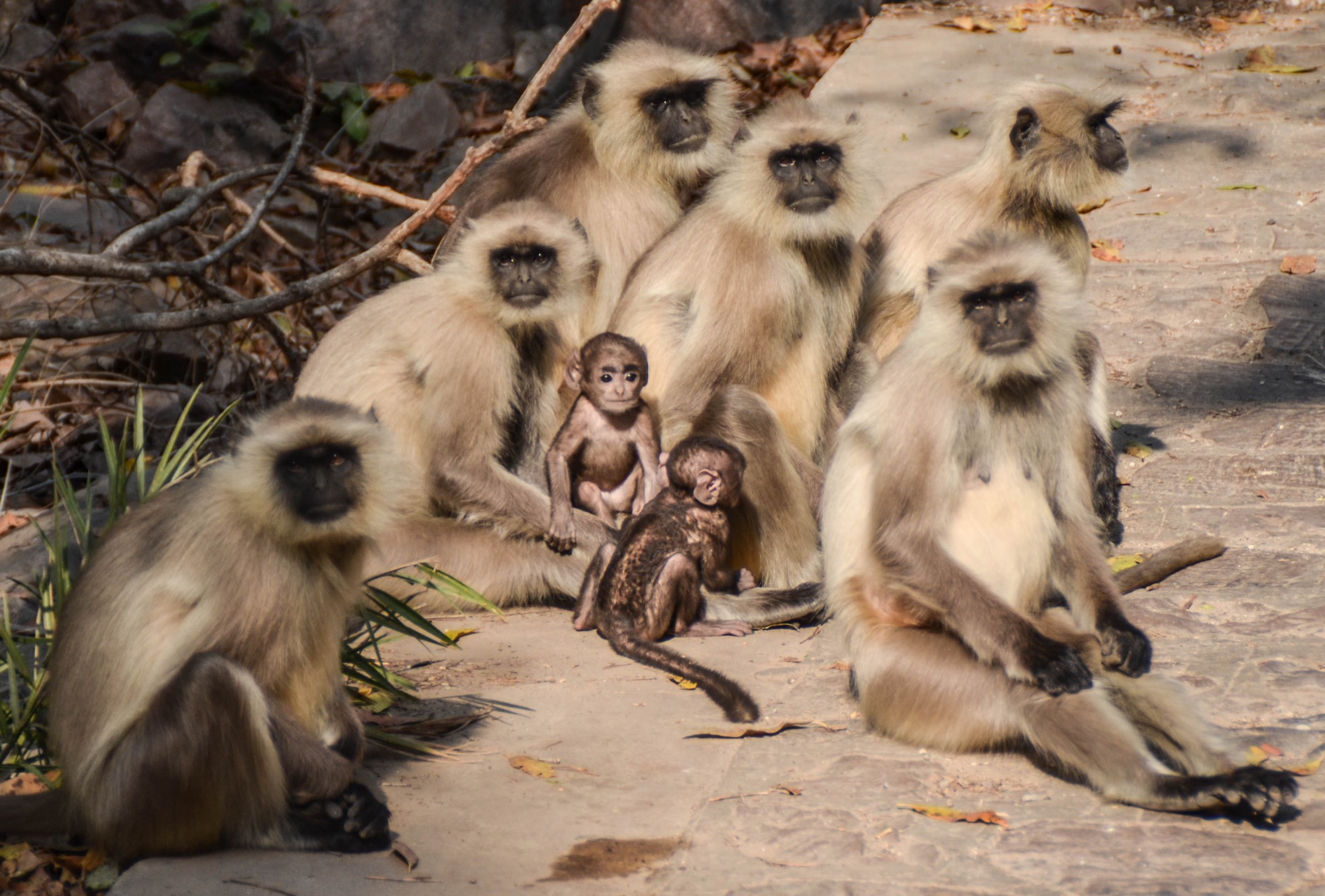
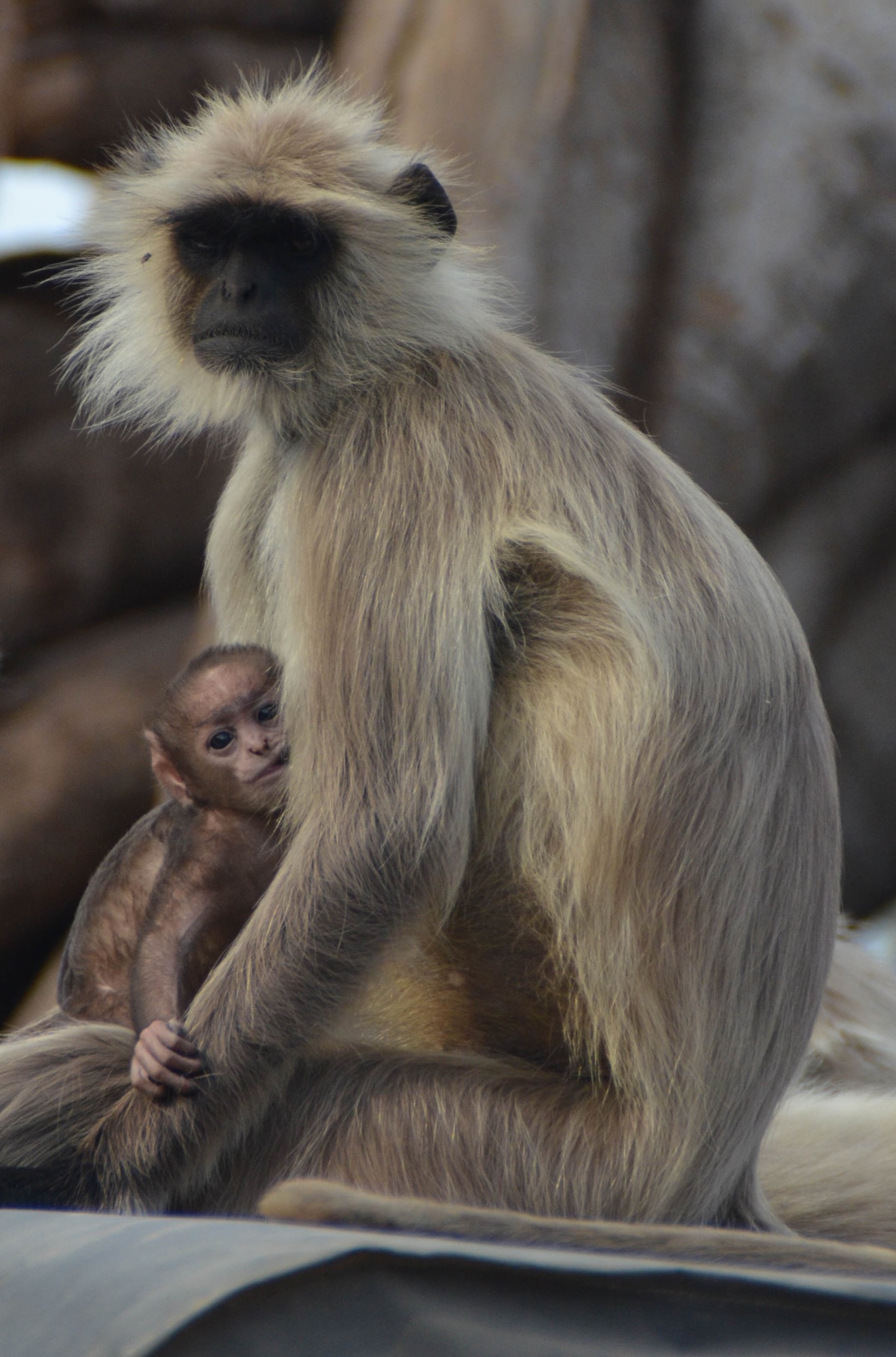
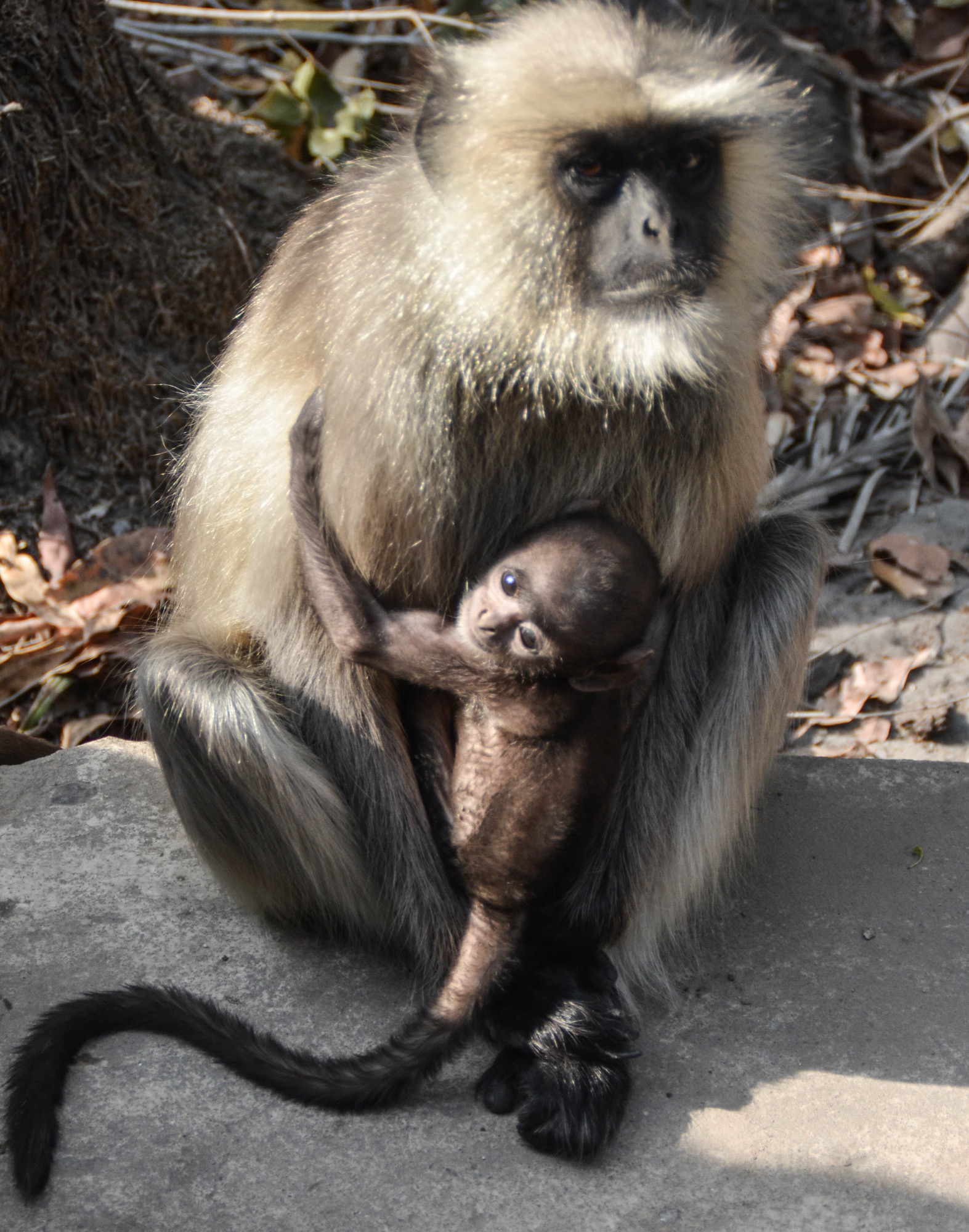
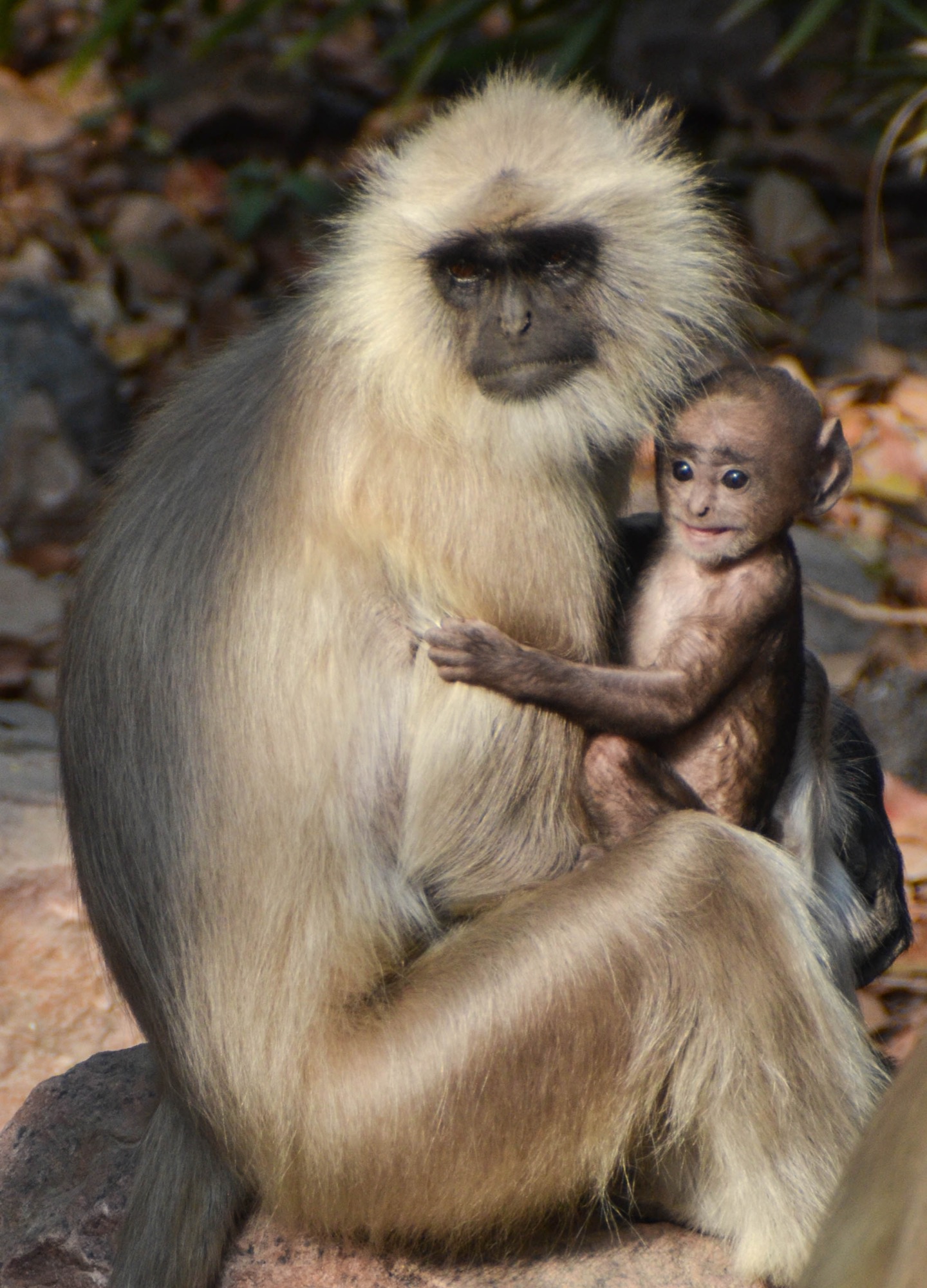
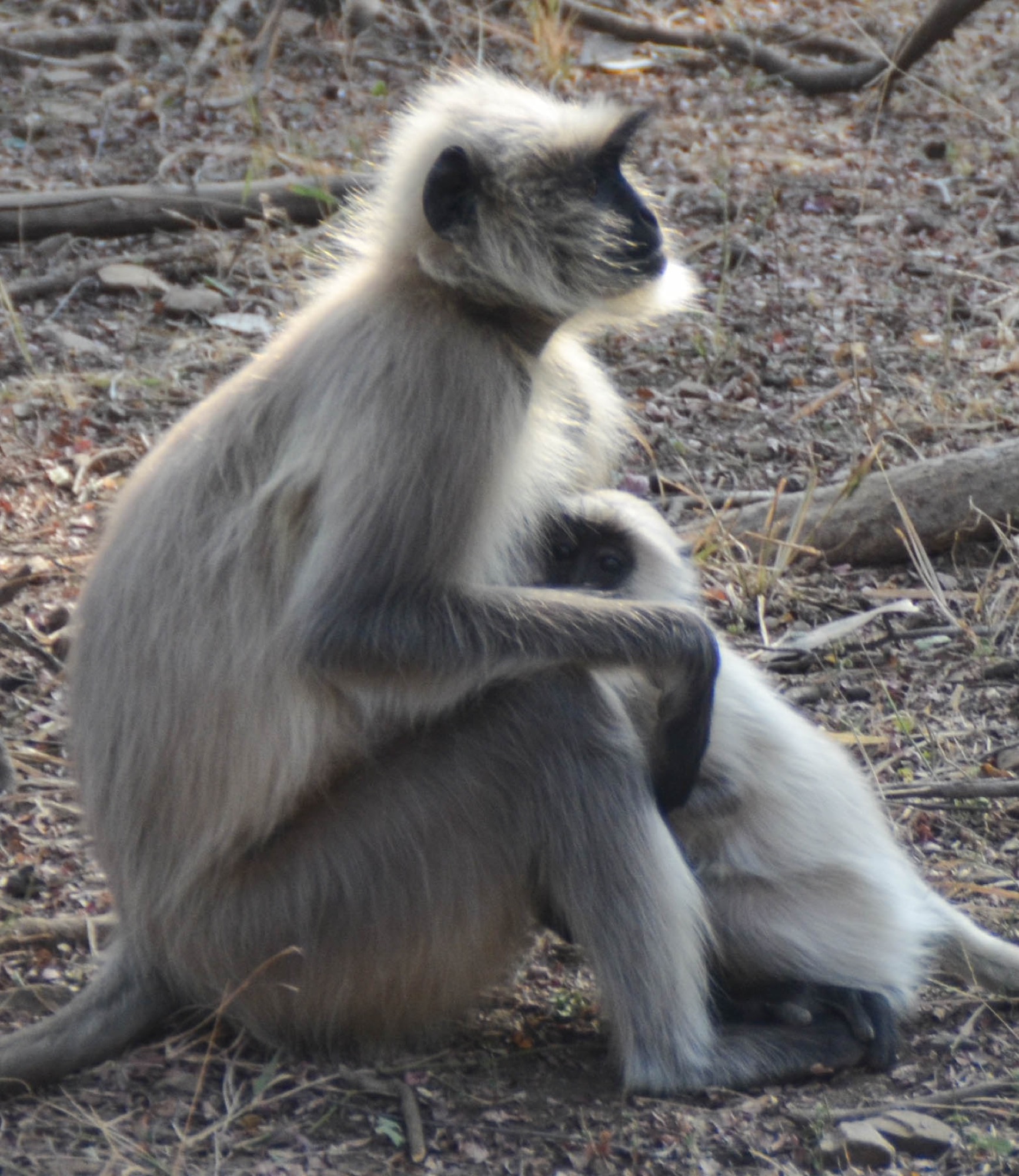
Check out this video of some gray langur monkeys making mischief.
Even while out enjoying nature, sometimes nature calls and you just gotta go. Our driver stopped near an old cement structure and told Steve to take care of business anywhere behind the structure.
Just as Steve got back to the game drive vehicle, several other vehicles arrived and half a dozen women formed a line near the cement structure. I guess even in the wild there is always a longer line for the ladies room.
